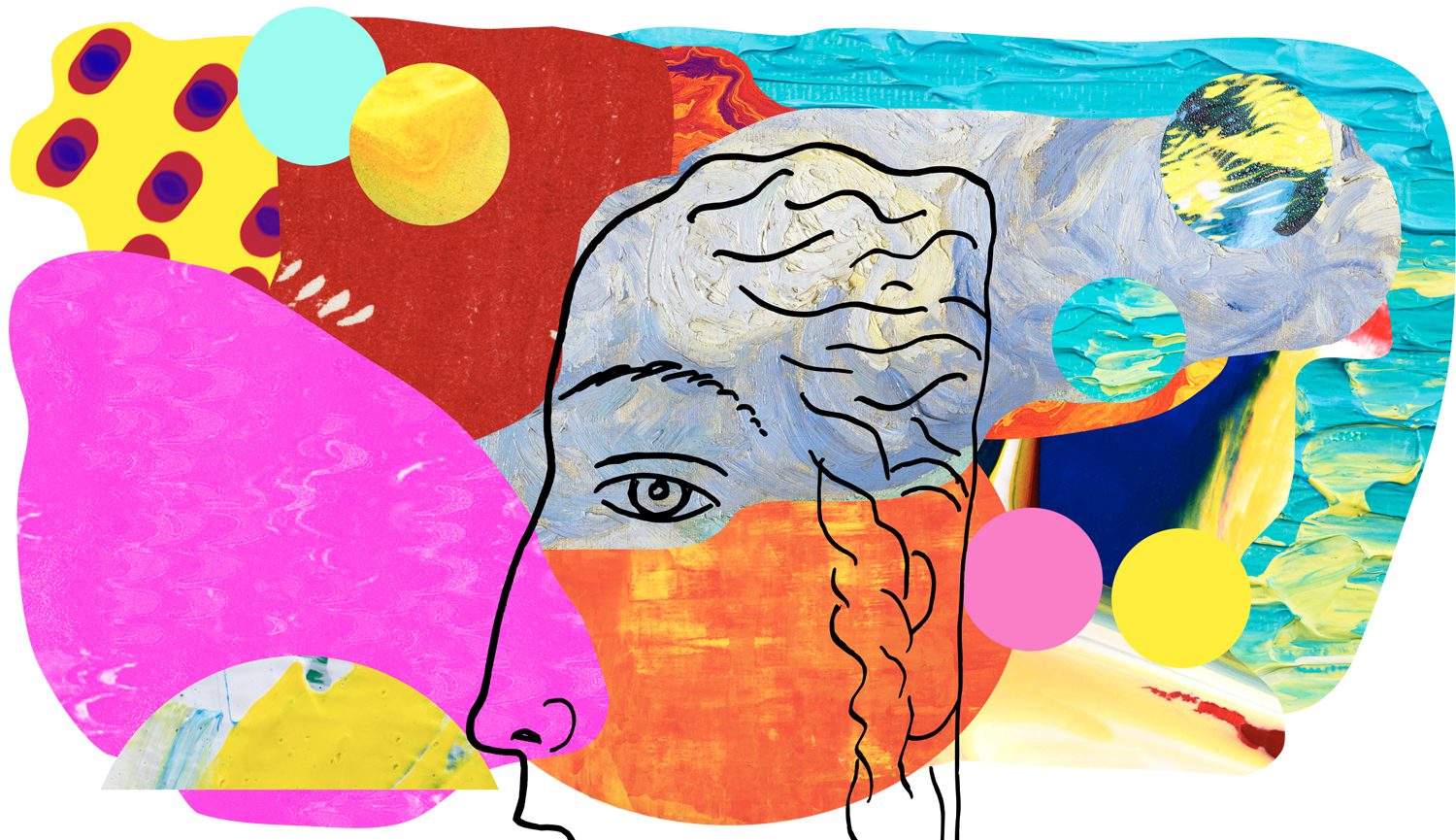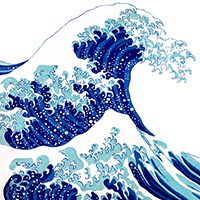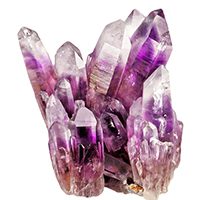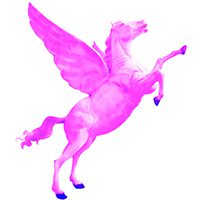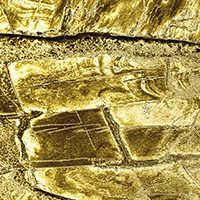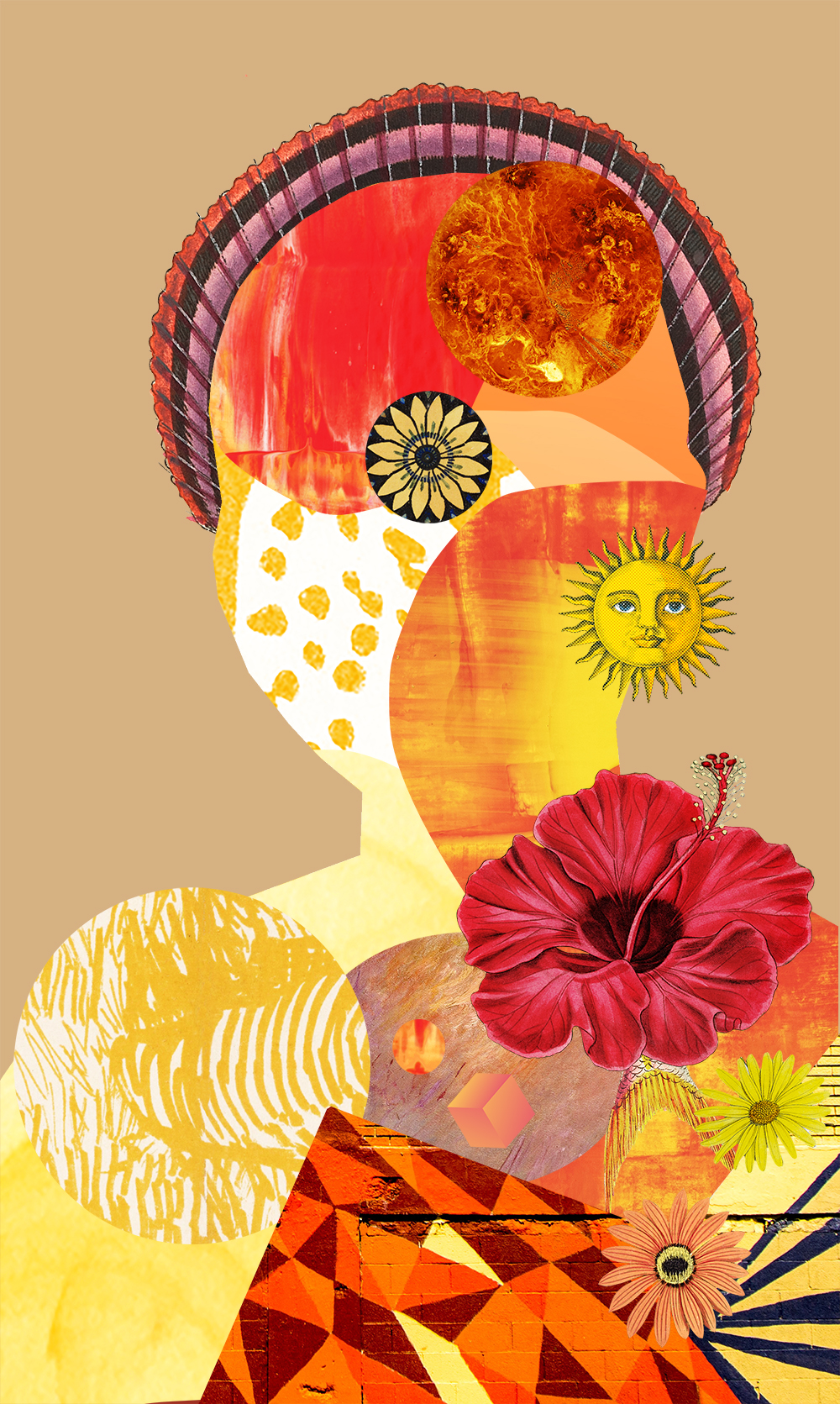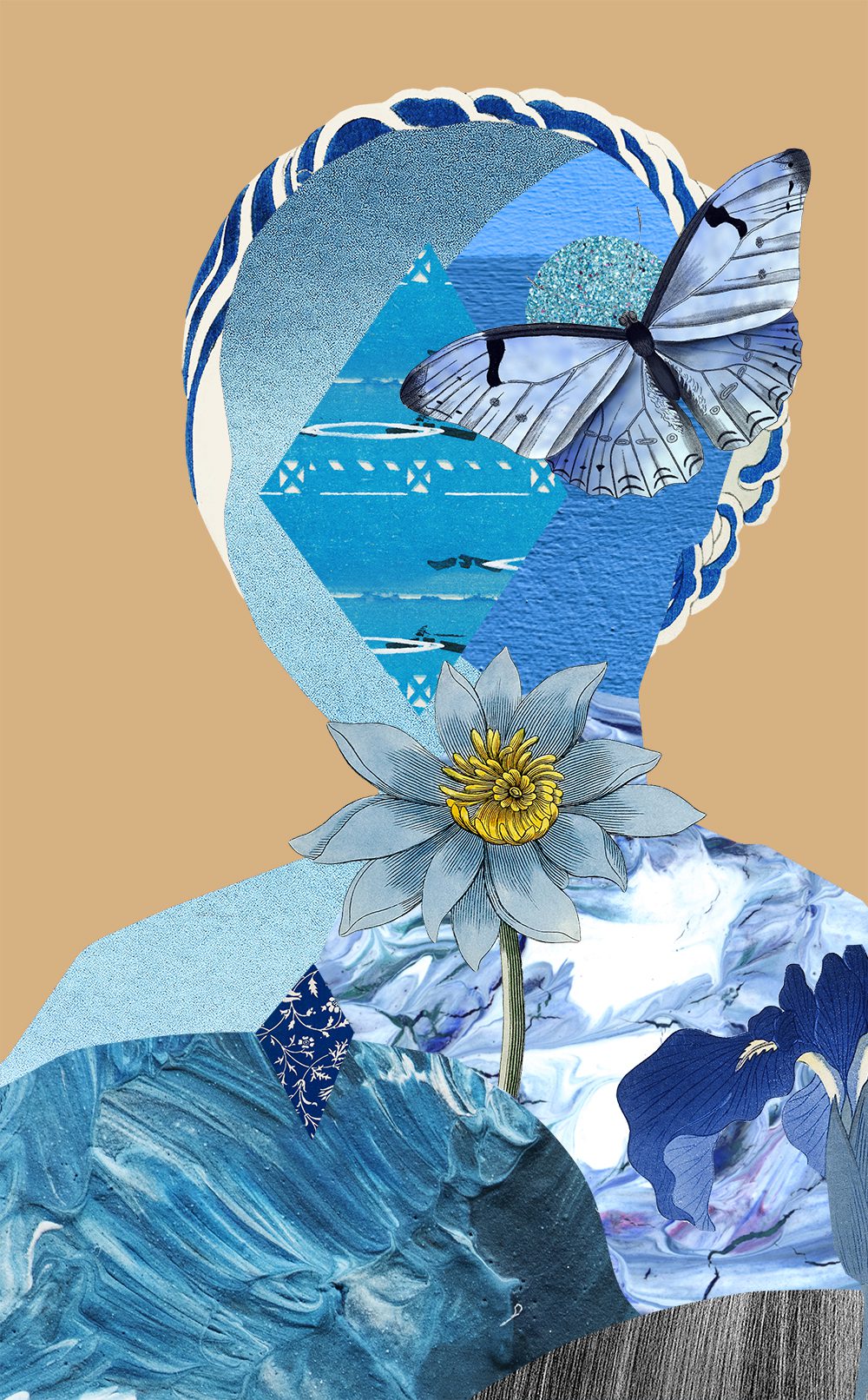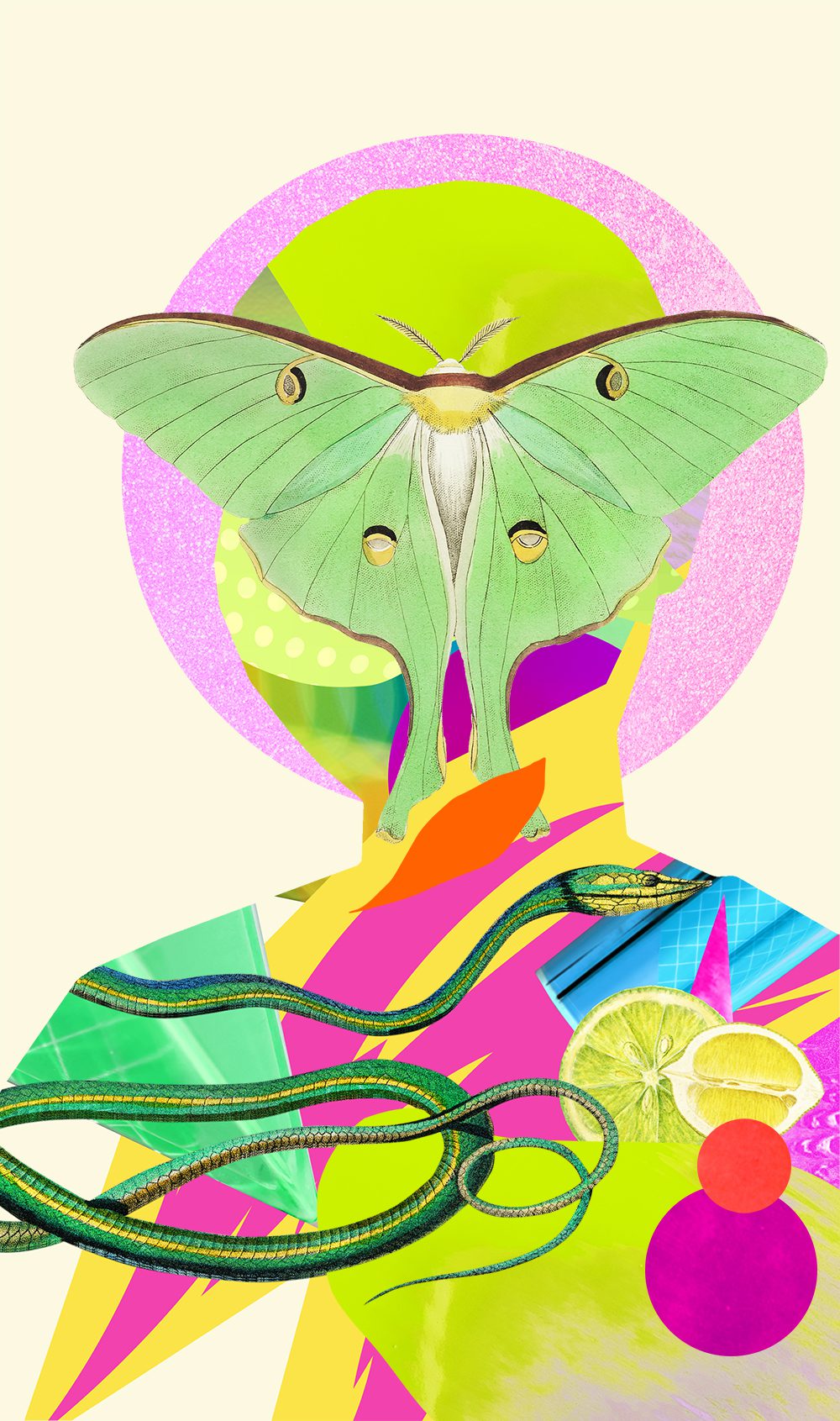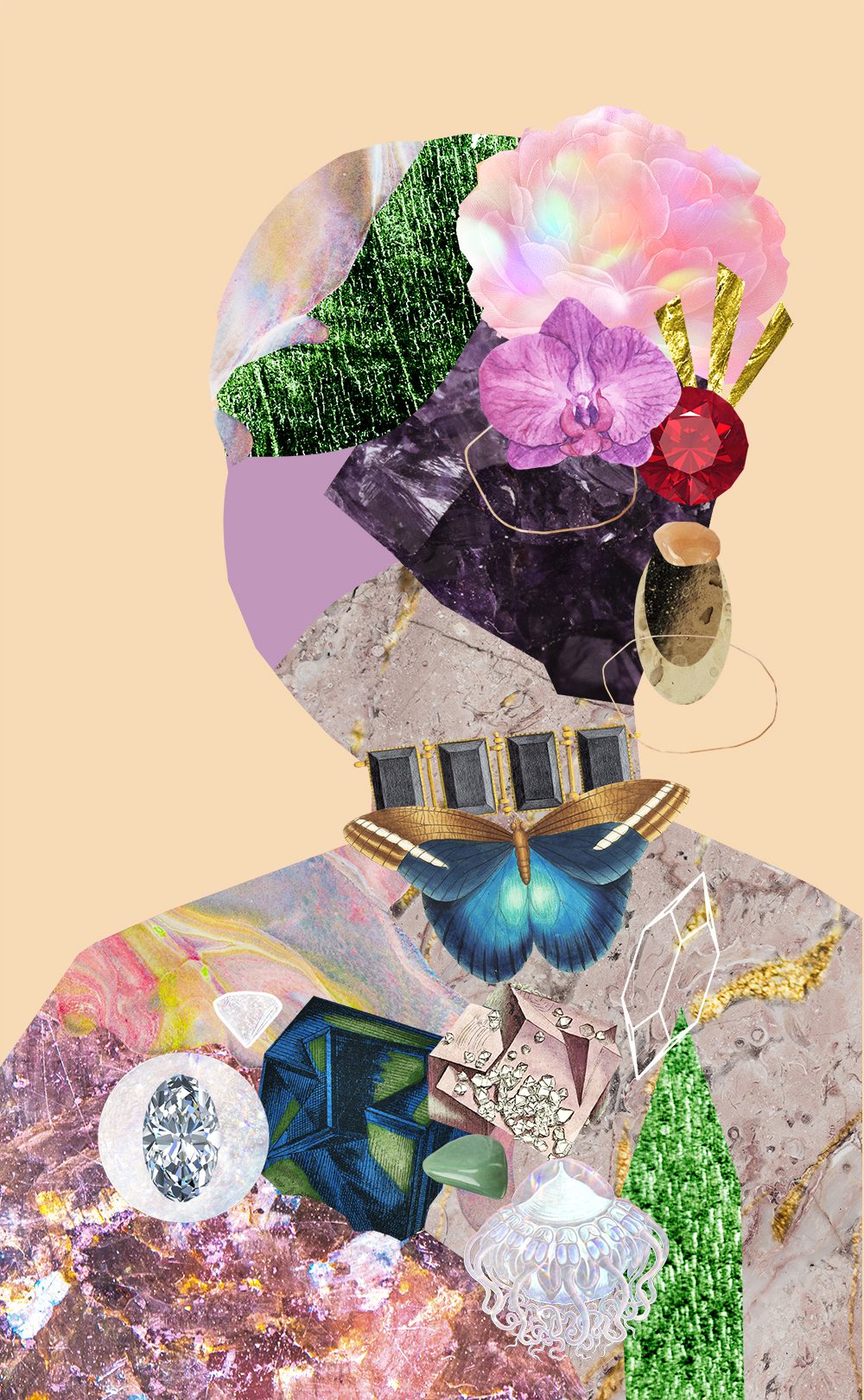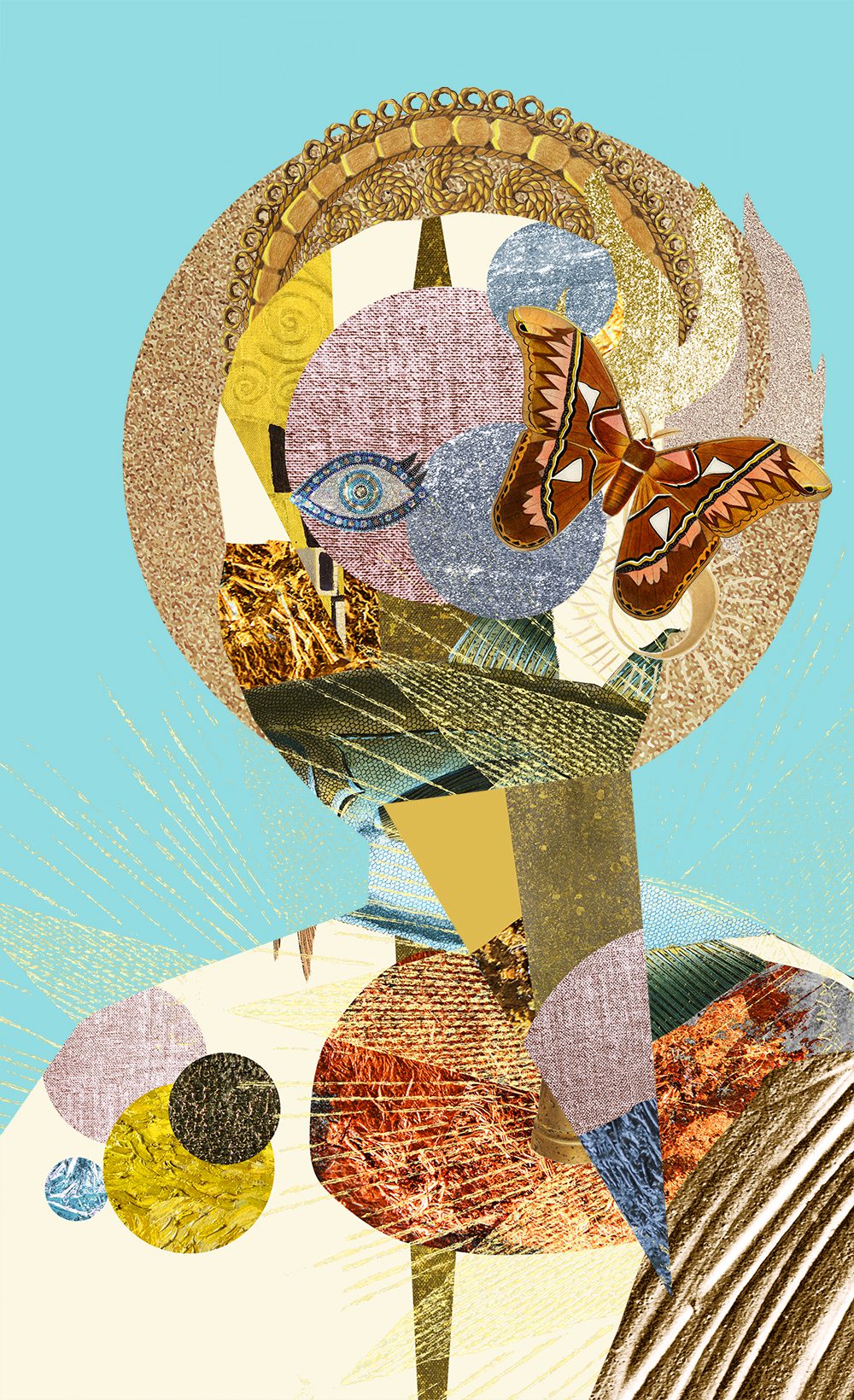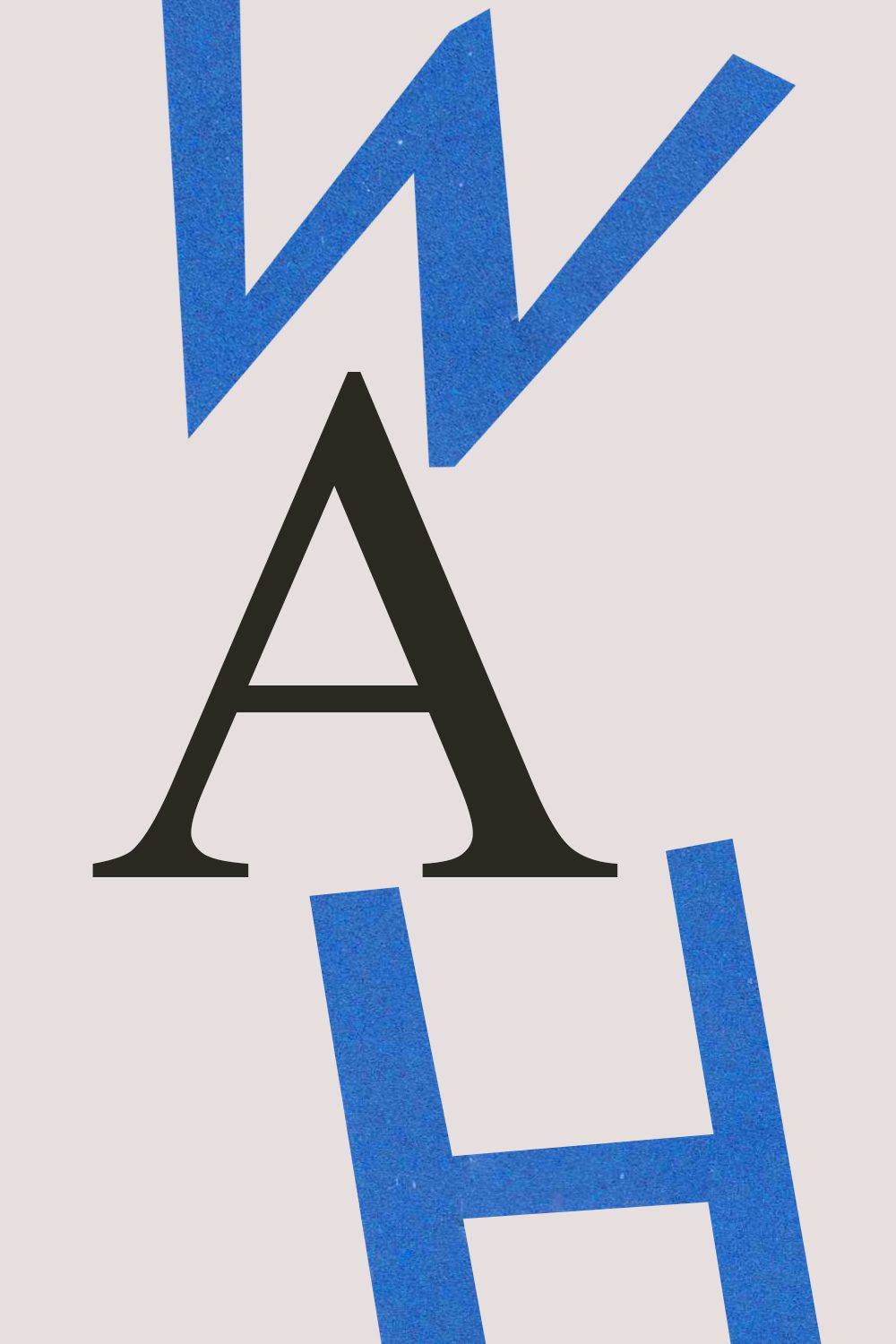
Western Art History – Renaissance
Let’s consider the idea that no artwork lives in a void and that knowing what came before can lead to innovation by adding upon or breaking away and in the process allow us to pay our respects to those paths forged before us.
Wiki is my friend for this series and the roadmap for the series is via this linear progression.
Today we’re exploring the art of the Renaissance – you can track back the rest of the series here!
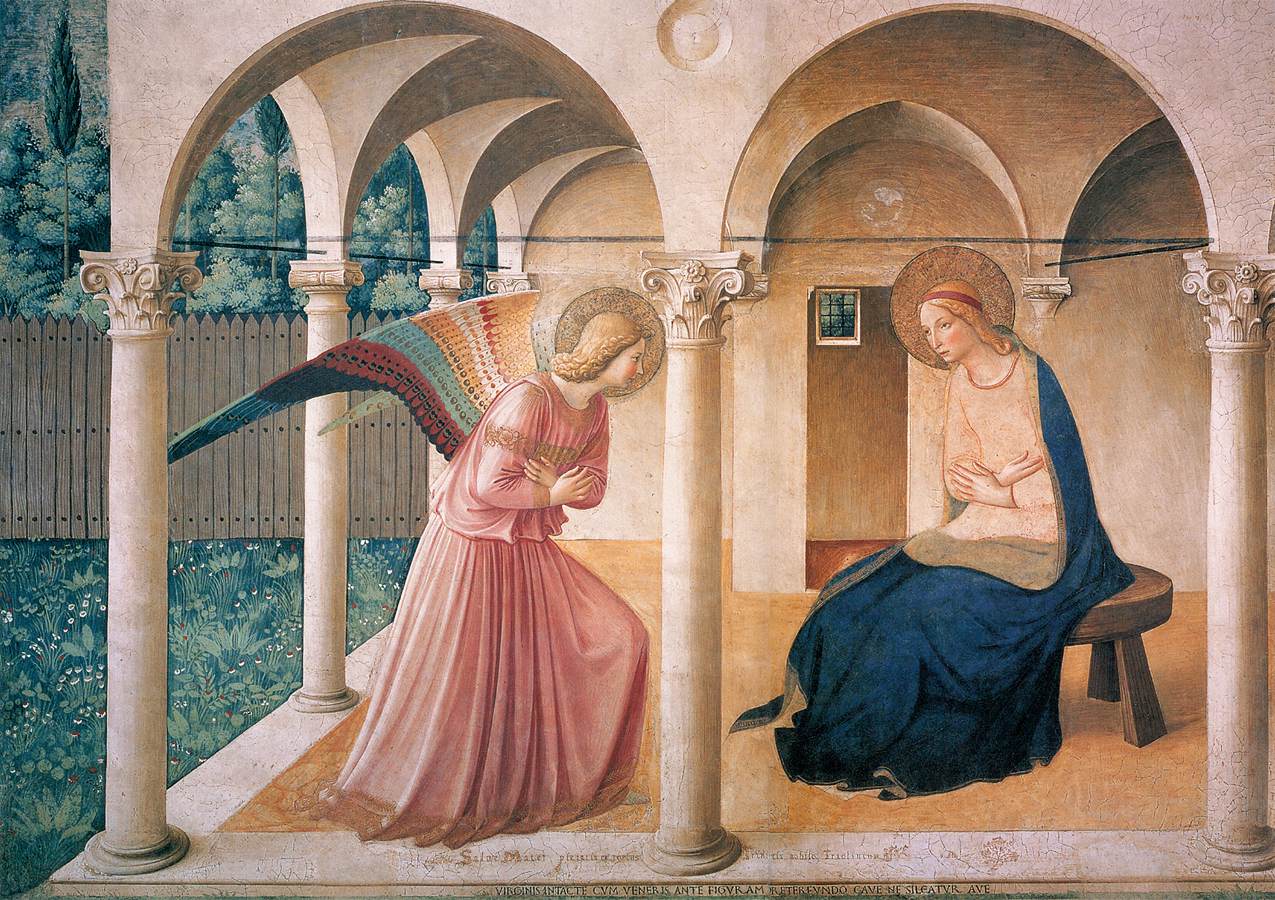
Annunciation (1442 – 1443) by Fra Angelico (source)
1350 – 1550
The origins of Renaissance art can be traced to Italy in the late 13th and early 14th centuries. During the Proto-Renaissance period, Italian scholars and artists saw themselves as reawakening to the ideals and achievements of classical Roman and Greek culture. Writers such as Petrarch (1304-1374) and Giovanni Boccaccio (1313-1375) looked back to ancient Greece and Rome and sought to revive the languages, values, and intellectual traditions of those cultures. The proto-renaissance period also drew inspiration from Franciscan radicalism. St. Francis had rejected the prevailing Christian theology and gone out among the poor praising the beauty and spiritual value of nature. His example inspired Italian artists and poets to take pleasure in the world around them.
The painters of the Low Countries (modern-day Belgium, Netherlands, and Luxembourg) developed partly independently of Early Italian Renaissance painting and without the influence of a deliberate and conscious striving to revive antiquity.
The painting grew directly out of medieval styles; painting in tempera on panels, illuminated manuscripts, and other forms such as stained glass. Oil paint which had long been utilised for leather ceremonial shields and accouterments (being flexible and relatively durable) began to be used for paintings. The oil medium lent itself to the depiction of tonal variations and texture and allowed meticulous details.
Netherlandish artists maintained a medieval view of hierarchical proportion and religious symbolism while delighting in a realistic treatment of material elements, both natural and man-made. In 1475, Hugo van der Goes’ Portinari Altarpiece arrived in Florence, where it had a profound influence on many painters
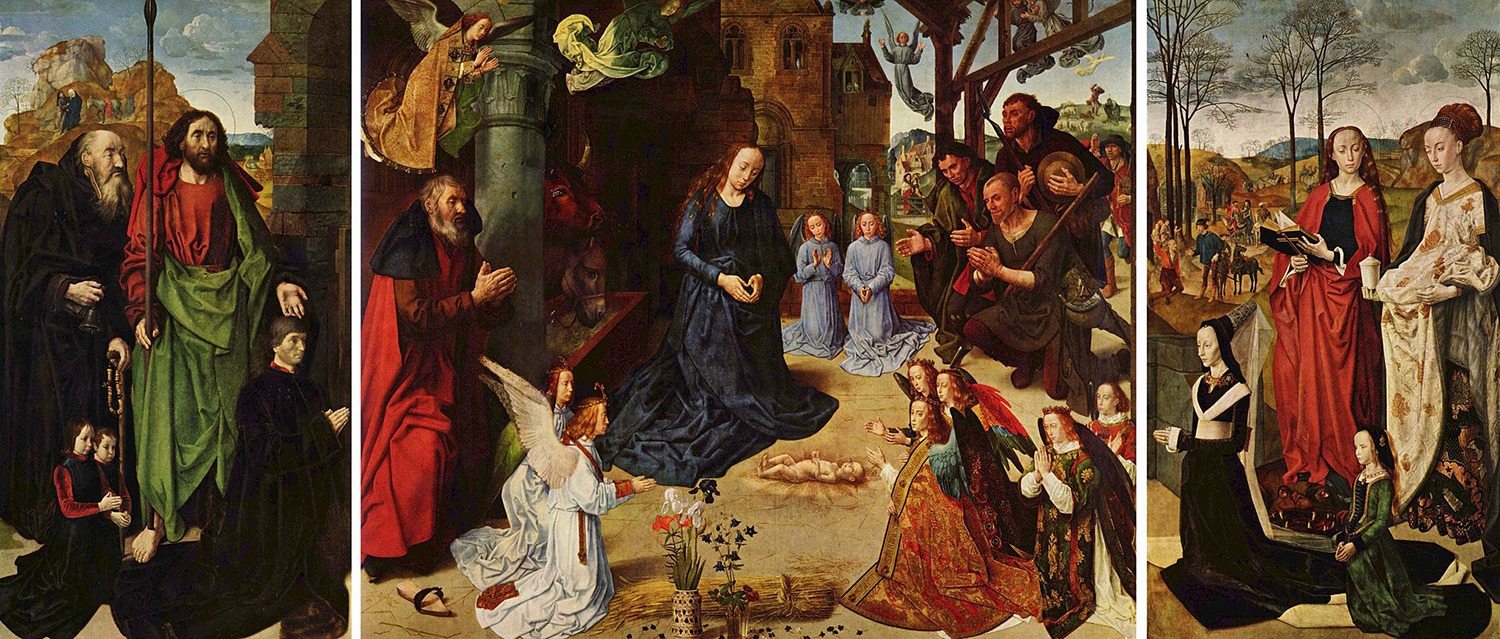
Portinari Altarpiece (1475–1476) by Hugo van der Goes (source)
Renaissance influences began to appear in German art in the 15th century, but this trend was not widespread. Gardner’s ‘Art Through the Ages’ identifies Michael Pacher ( (c. 1435 – 1498) a painter, and sculptor, as the first German artist whose work begins to show Italian Renaissance influences.
In the 16th century, Renaissance art in Germany became more common as, according to Gardner, “The art of northern Europe during the sixteenth century is characterized by a sudden awareness of the advances made by the Italian Renaissance and by a desire to assimilate this new style as rapidly as possible.”
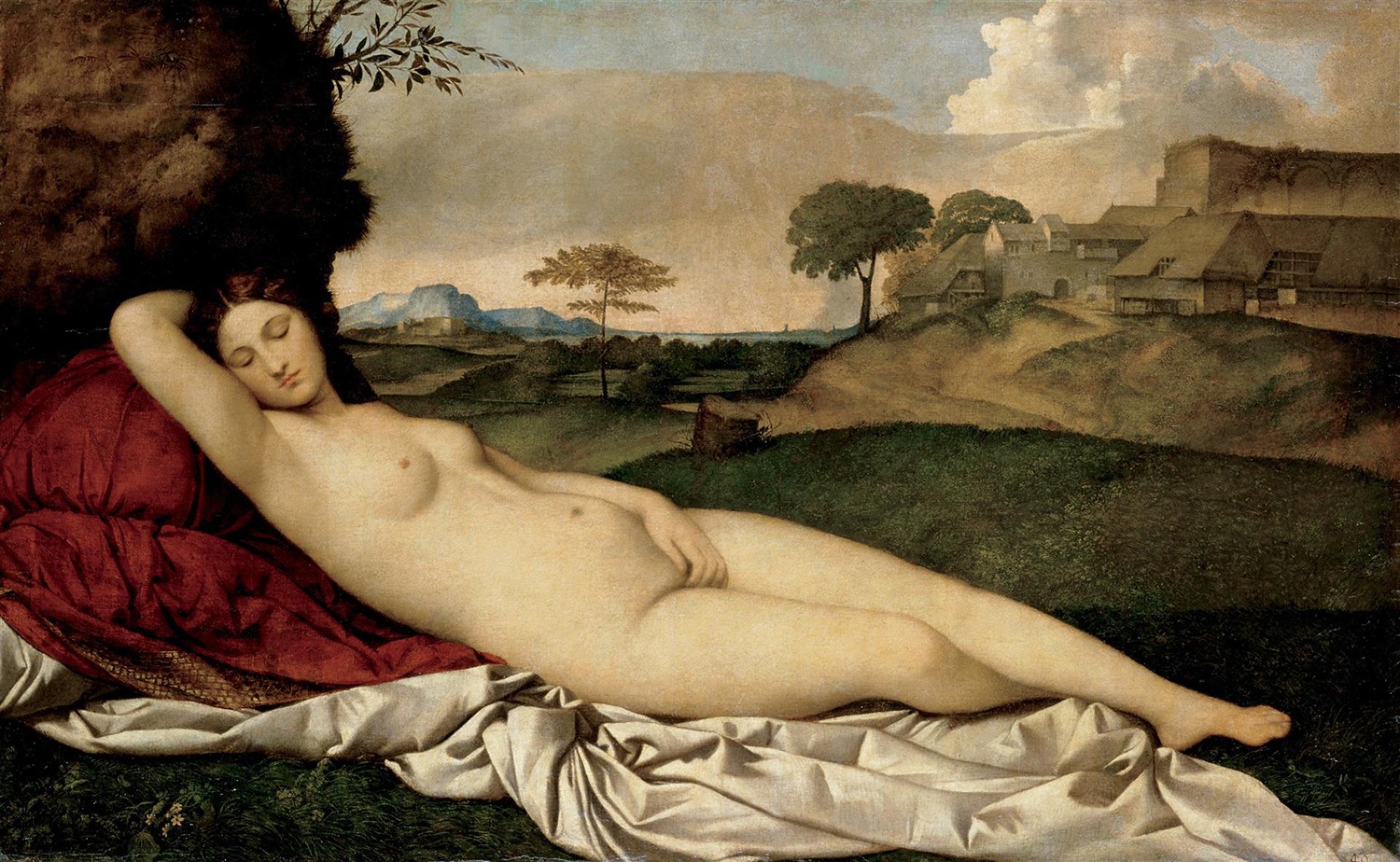
The Sleeping Venus/Original Title: Venere dormente (1508-1510) by Giorgione
Note: The painting was left unfinished at the time of Giorgione’s death, with the landscape and sky believe to be completed by Titian. The choice of a single nude woman marked a revolution in art, an unprecedented element (source)
Symbolism provided another level of meaning to artworks than just the visual first impression. Mythological scenes during the Renaissance period were often packed with symbolism.
Portraiture was yet another area where Renaissance artists excelled. One of the most famous characteristics popularised during the Renaissance is the 3/4 profile pose developed by artists in northern Europe. This style of portrait differed from previous portraits, which predominantly used the side or front profile. Strides were also made in mastering the realism of faces and figures, enhanced by oil paints and painting techniques of the period.
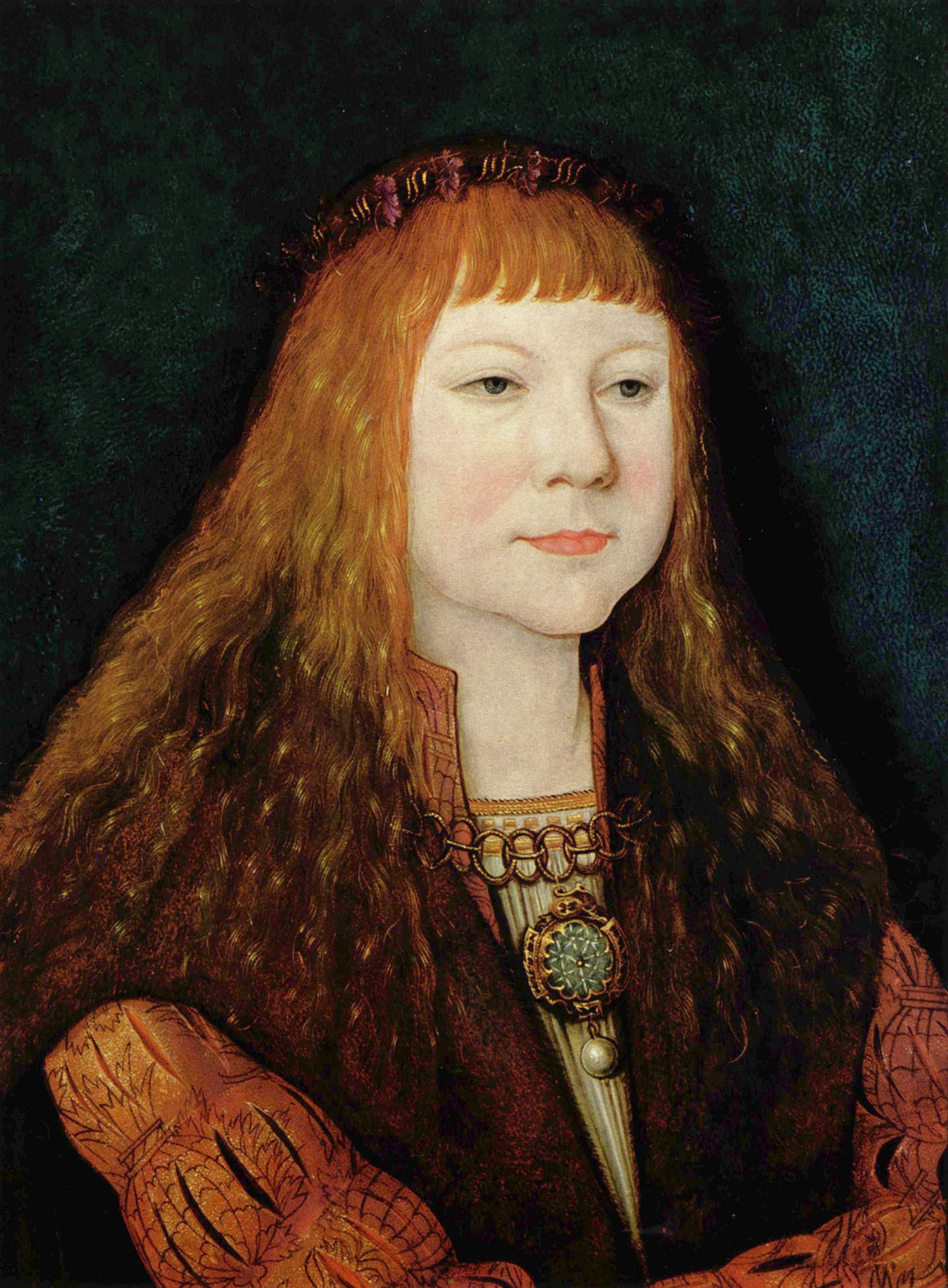
Portrait of Louis II of Hungary (1515) by Bernhard Strigel (source)
Linear perspective was a technique pioneered during the Renaissance and is the method of representing space in which the scale of an object diminishes as the distance from the viewer increases.
A form of illusionistic mural painting in which images of architectural features are painted onto walls or ceilings so that they seem to extend the real architecture of the room into an imaginary space beyond the confines of the actual wall or ceiling.
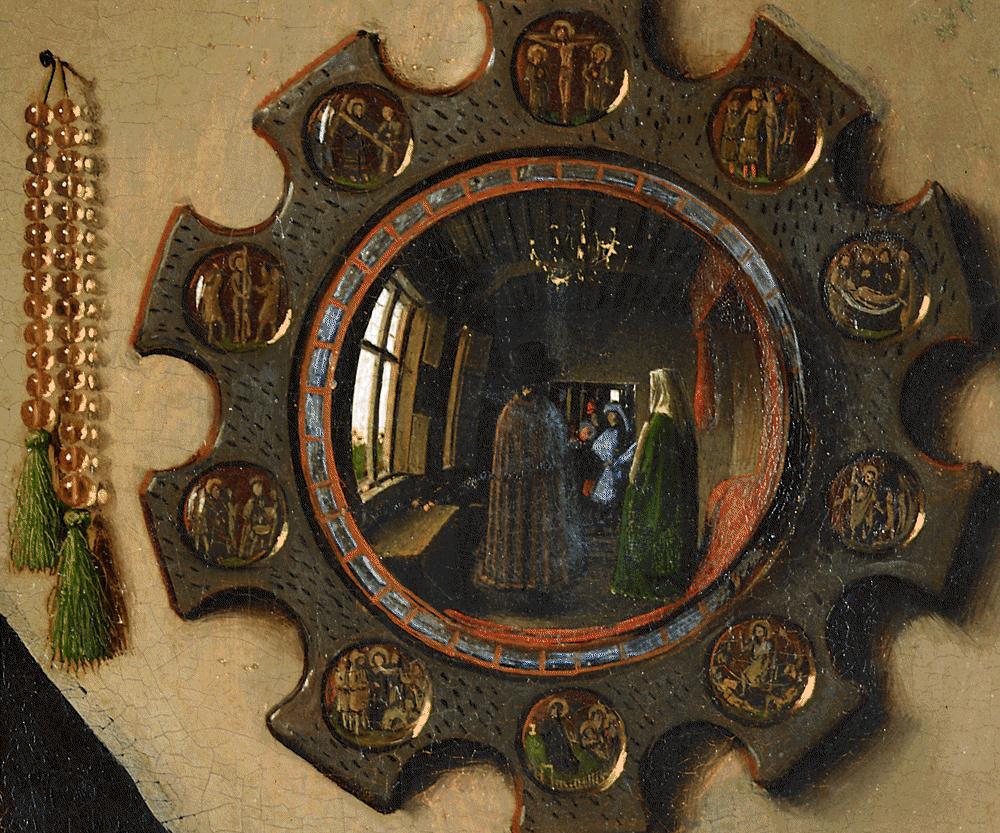
The Arnolfini Portrait (detail) (1434) by Jan van Eyck (source)
In the Renaissance light was a tool that artists used to define their subject matter and details, creating illumination and realism.
Disegno was the preferred technique in Florence where the use of drawing became the most important element for perfection. Artists would first work on separate paper or parchment to perfect their design before moving onto the canvas.
The Colore or Colorito was a technique prevalent in Venice. Colorito in Italian is a verb meaning the application of colour and the process of painting. The Venetians’ would draw directly on the canvas and create and change their design while painting. Venetians believed that coloring was the closest aspect of painting to nature.
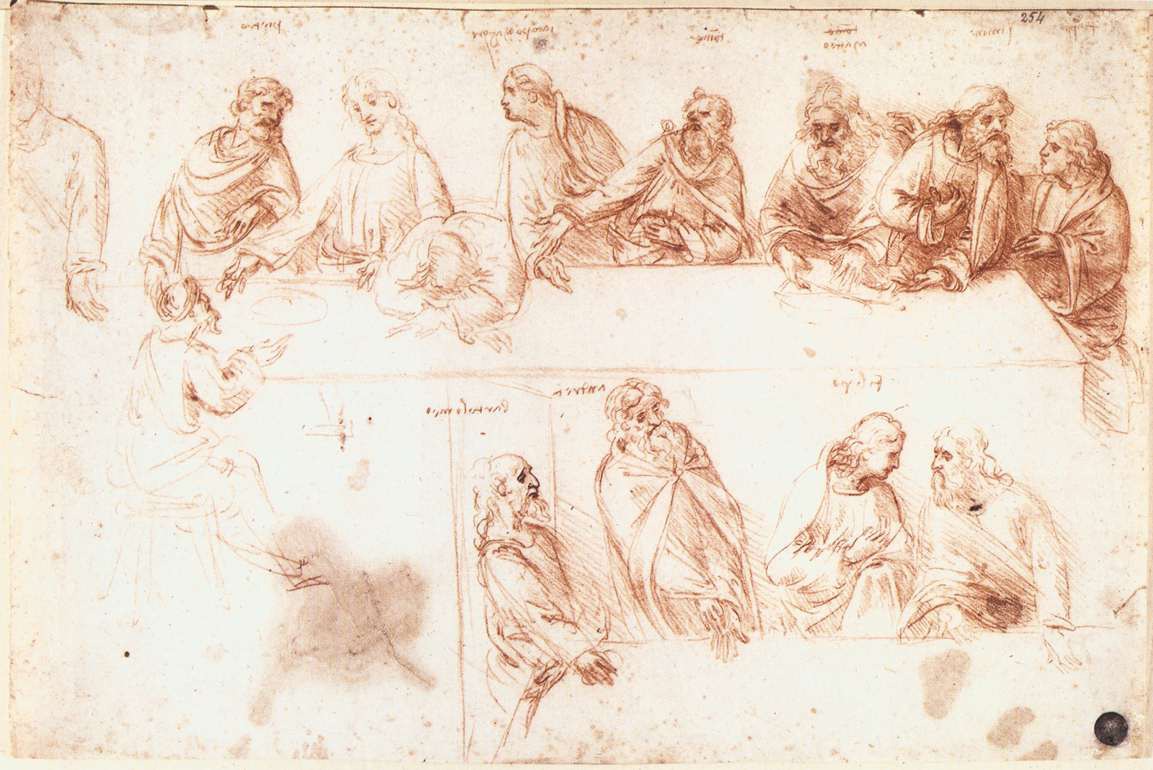
Study for the Last Supper in style of disegno (c. 1494) Leonardo da Vinci (source)
The technique of oil painting where sharp outlines are blurred or softened by subtle and gradual blending of one tone into another using thin glazes of colours. The term sfumato was coined by Leonardo da Vinci who described it as a blending of colours “without lines or borders, in the manner of smoke.” Sfumato stems from the Italian word sfumare meaning to evaporate or to fade out, with the Latin origin being fumare, to smoke. The Mona Lisa is the perfect example of sfumato.
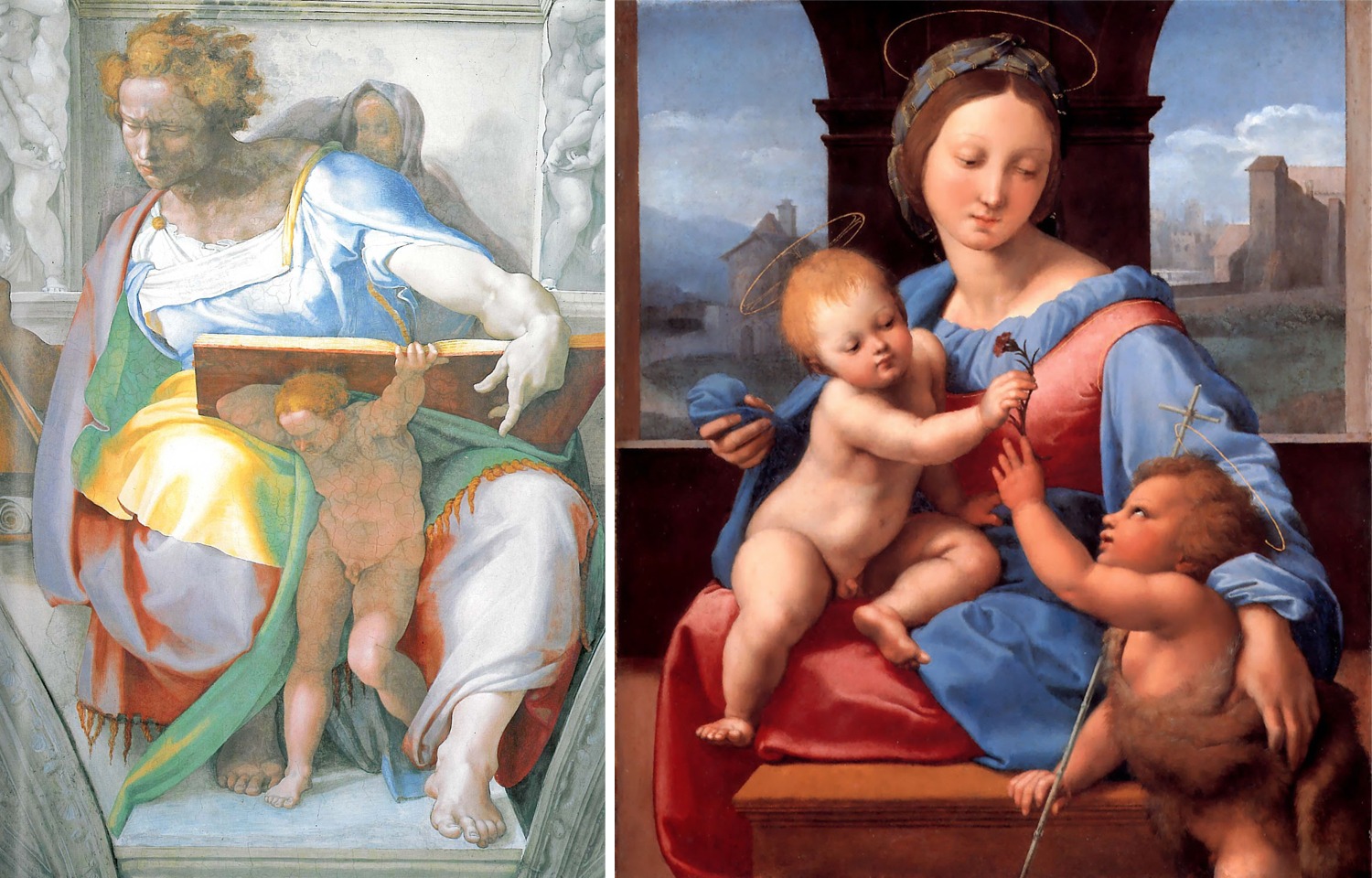
Giotto di Bondone (1267-1337)
The artist’s success at making characters come alive through the use of foreshortening, light and shadows, emotion, and dynamic choice of scenes, would be hugely influential on later artists.
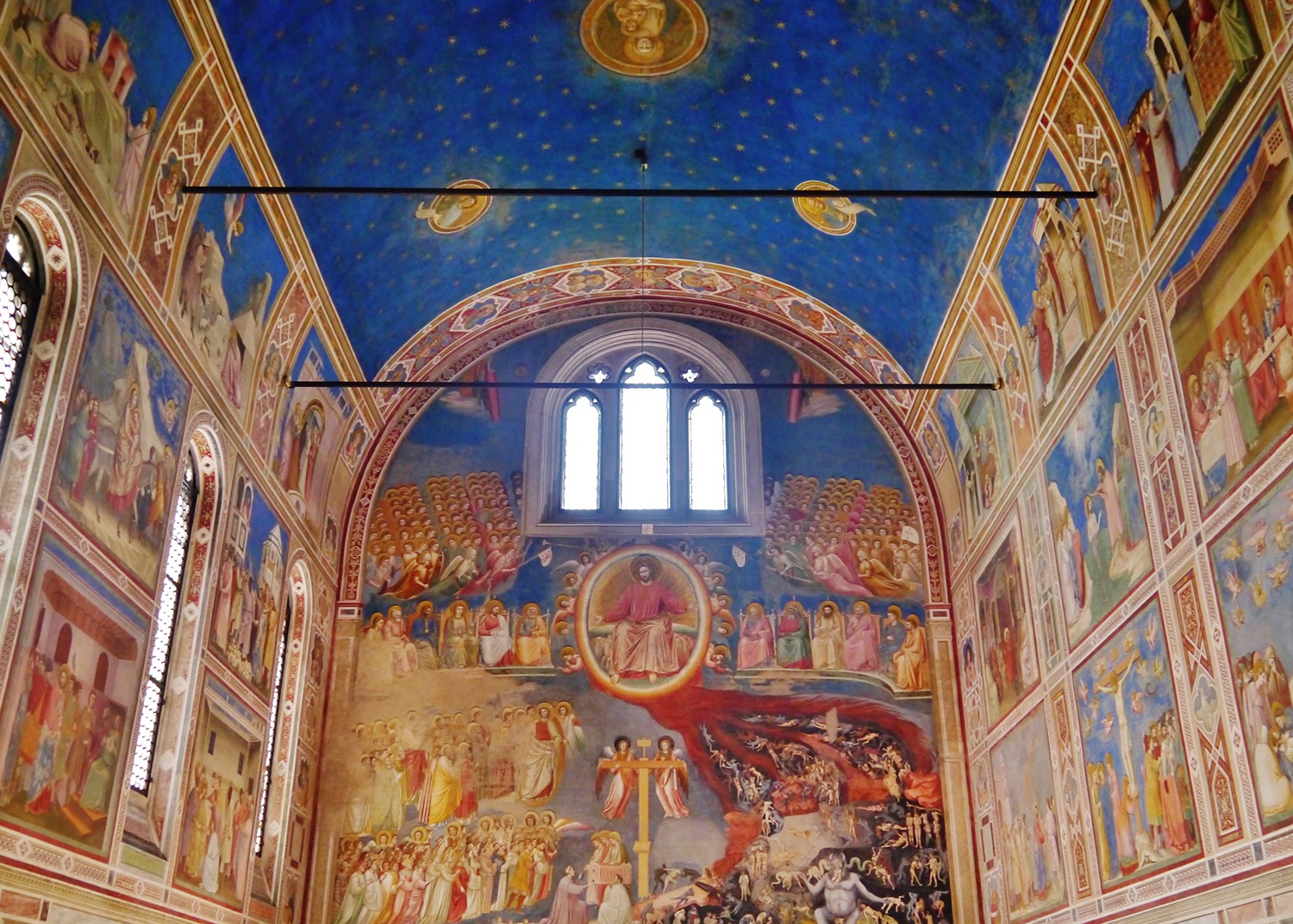
Giotto di Bondone fresco in Scrovegni Chapel, Padua, Province of Padua, Region of Veneto, Italy, 1305 (source)
Lorenzo Ghiberti (1378-1455)
Ghiberti is credited for being the first artist to write texts on techniques for the benefit of others. The text written include details of Ghiberti’s own life and works and thus also become the first autobiography by a European artist.
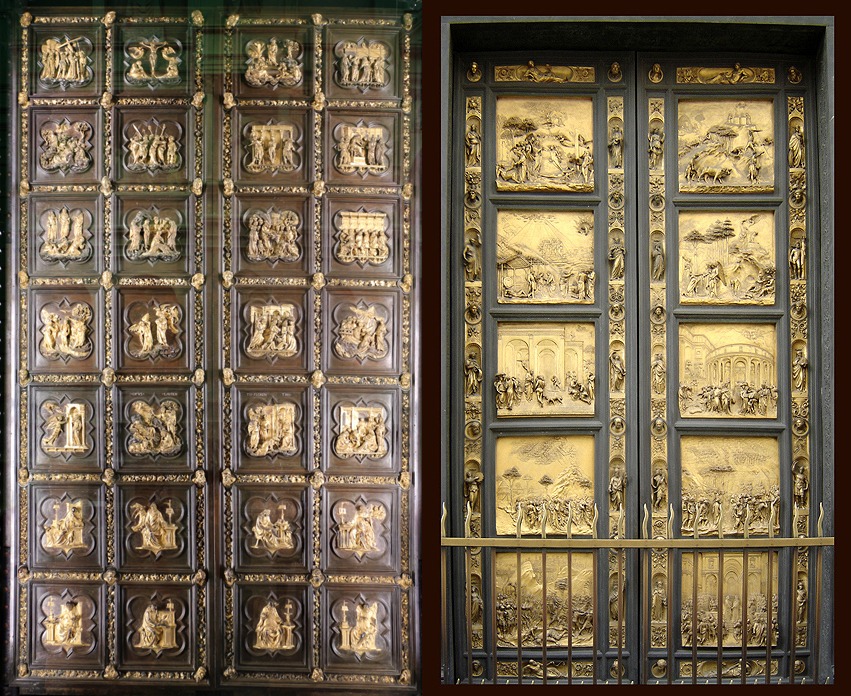
Two sets of bronze doors of the Florence Baptistery by Lorenzo Ghiberti (1425–52) (source)
Donatello (1386-1466)
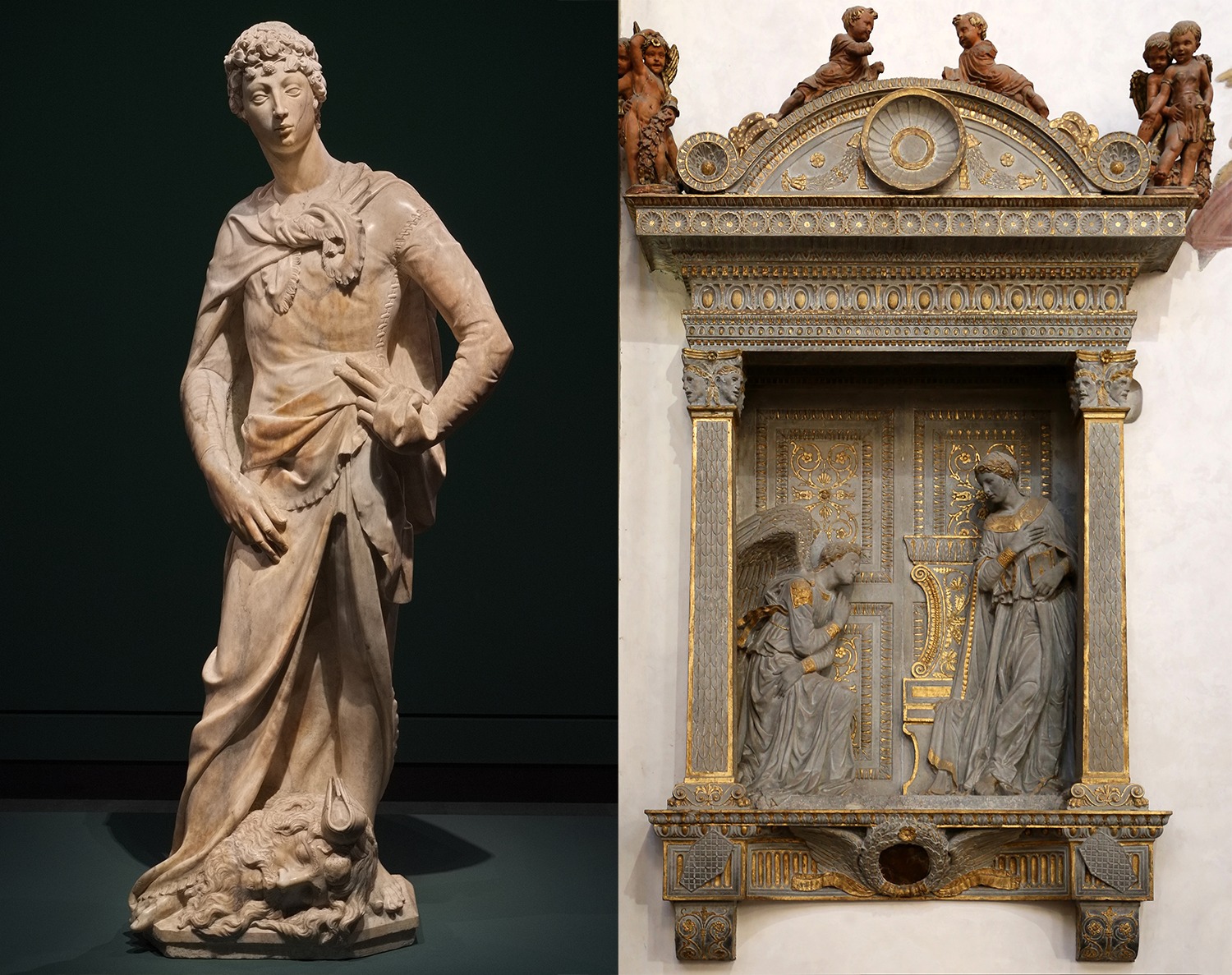
Jan van Eyck (1390–1441)
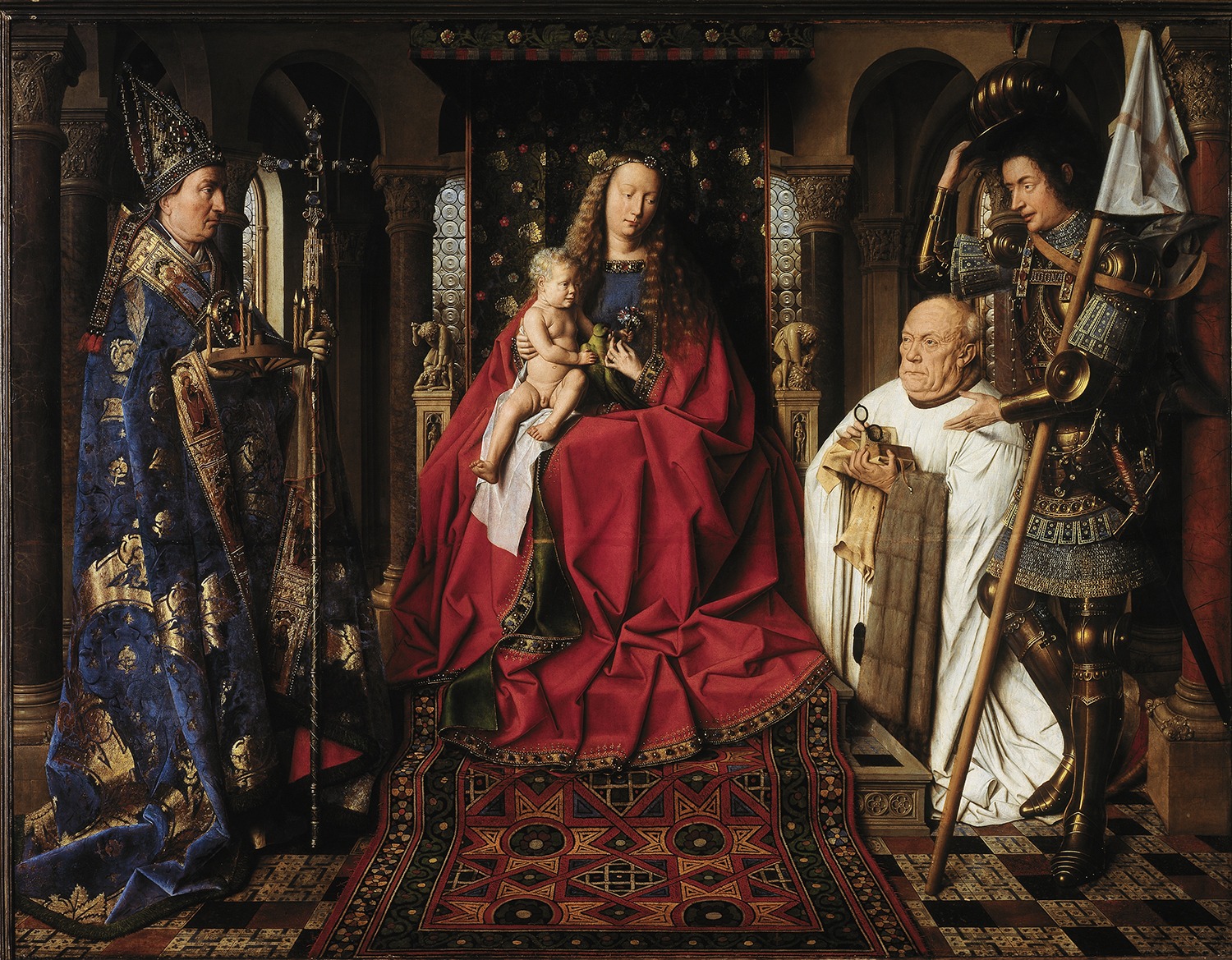
Virgin and Child with Canon van der Paele, c. 1434–1436 by artist Jan van Eyck (source)
Paolo Uccello (1397-1475)
An Italian painter and mathematician who was notable for his pioneering work on visual perspective in art. In his book ‘Lives of the Most Excellent Painters, Sculptors, and Architects’, Giorgio Vasari wrote that Uccello was obsessed with interests in perspective and would stay up all night in his study trying to grasp the exact vanishing point. While his contemporaries used perspective to narrate different or succeeding stories, Uccello used perspective to create a feeling of depth in his paintings.
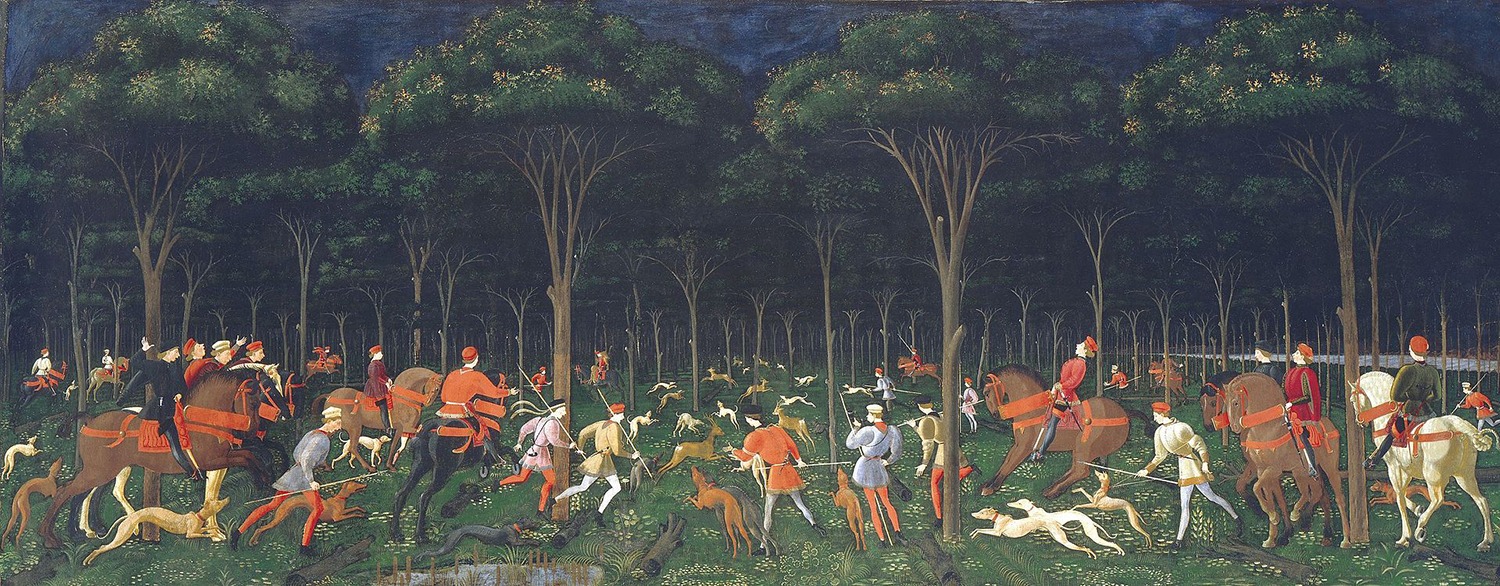
Hunt in the forest (c. 1470) by Paolo Uccello (source)
Tommaso Masaccio (1401-1428)
Piero della Francesca (1420-1492)
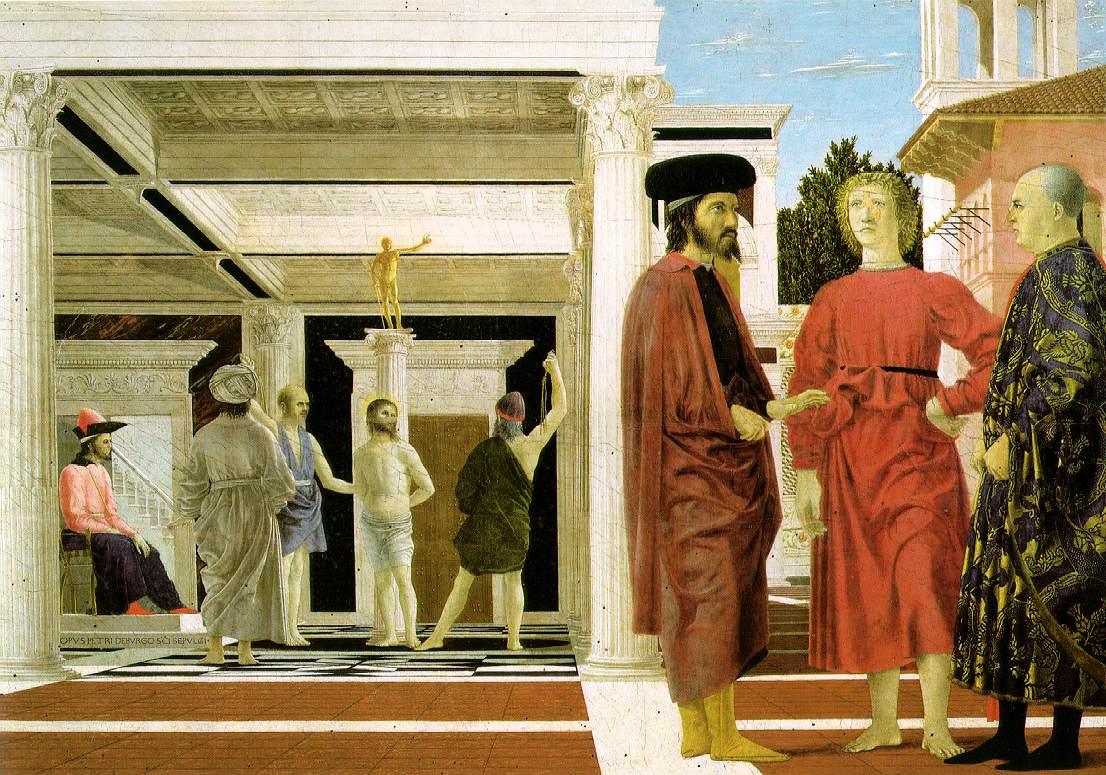
The Flagellation (c. 1468–1470) by artist Piero della Francesca (source)
Jean Fouquet (1420–1481)
A French painter of the royal court, known for being a master of panel painting, manuscript illumination, and portrait miniature. He was the first French artist to travel to Italy and experience first-hand the early Italian Renaissance and is considered one of the most important painters from the period between the late Gothic and early Renaissance.
Jean Fouquet’s self-portrait miniature also becomes the earliest sole self-portrait surviving in Western art, if a 1433 portrait by Jan van Eyck is not a self-portrait (as some art historians believe).
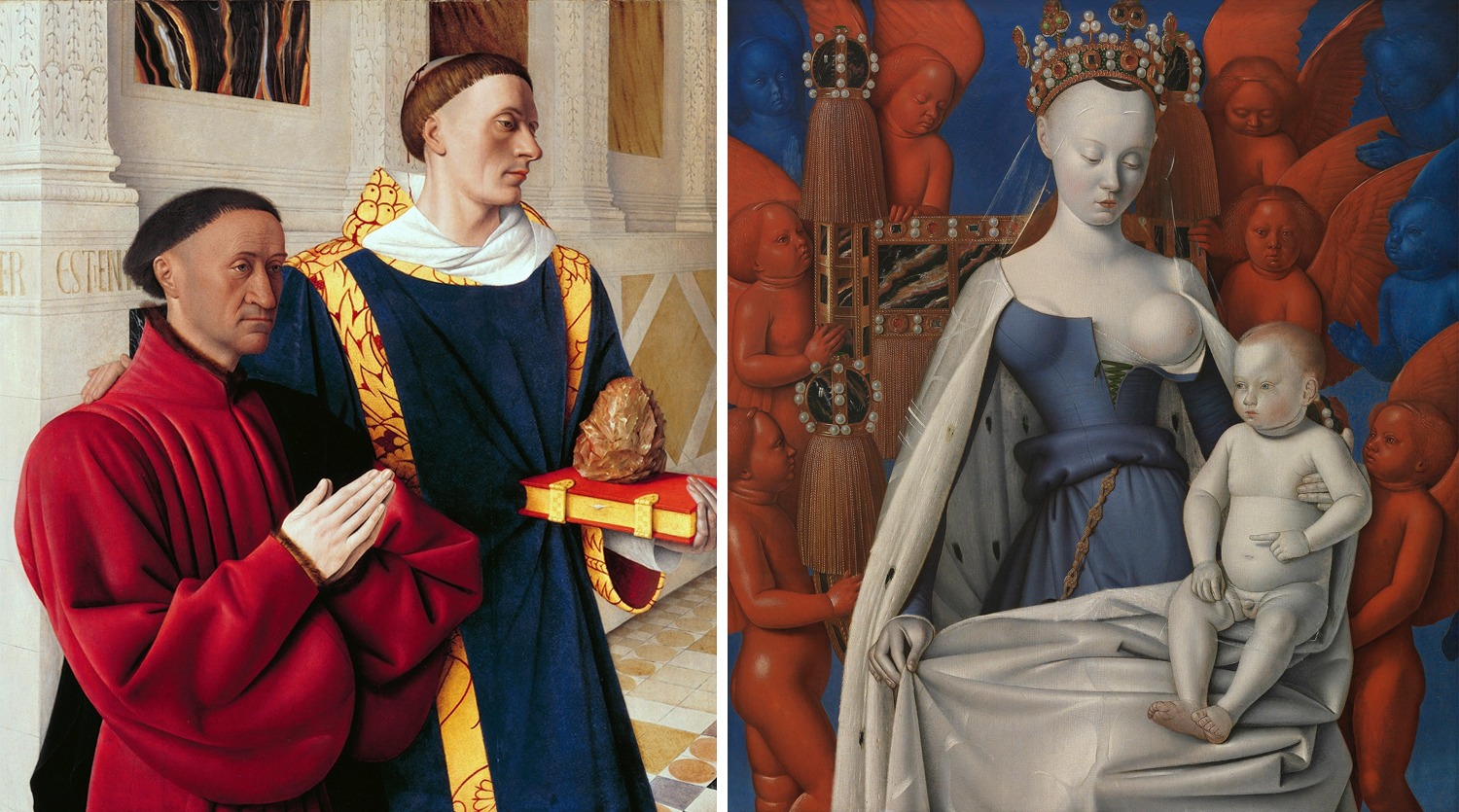
Antonello da Messina (c.1430– 1479)
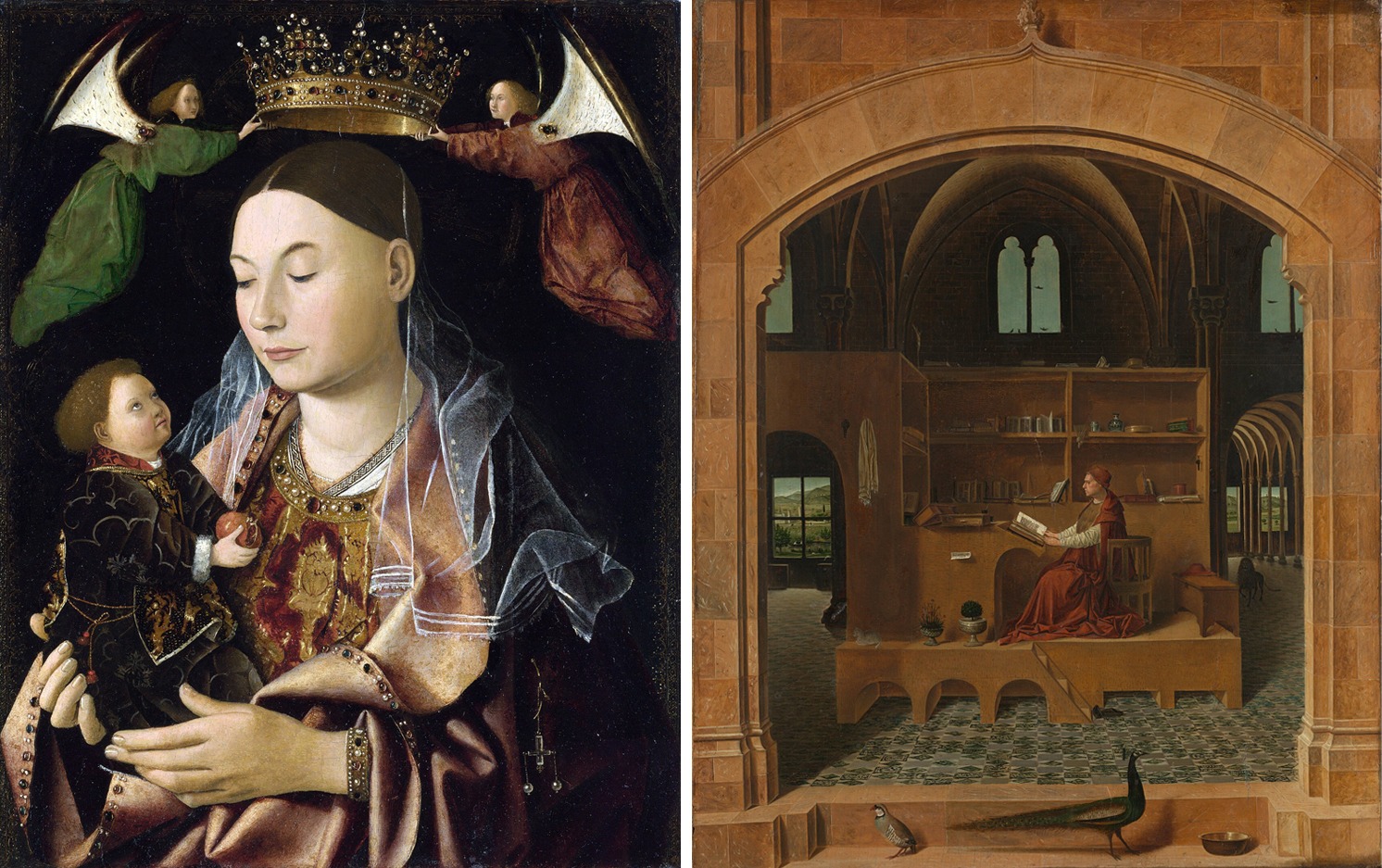
Hugo van der Goe (1430/1440–1482)
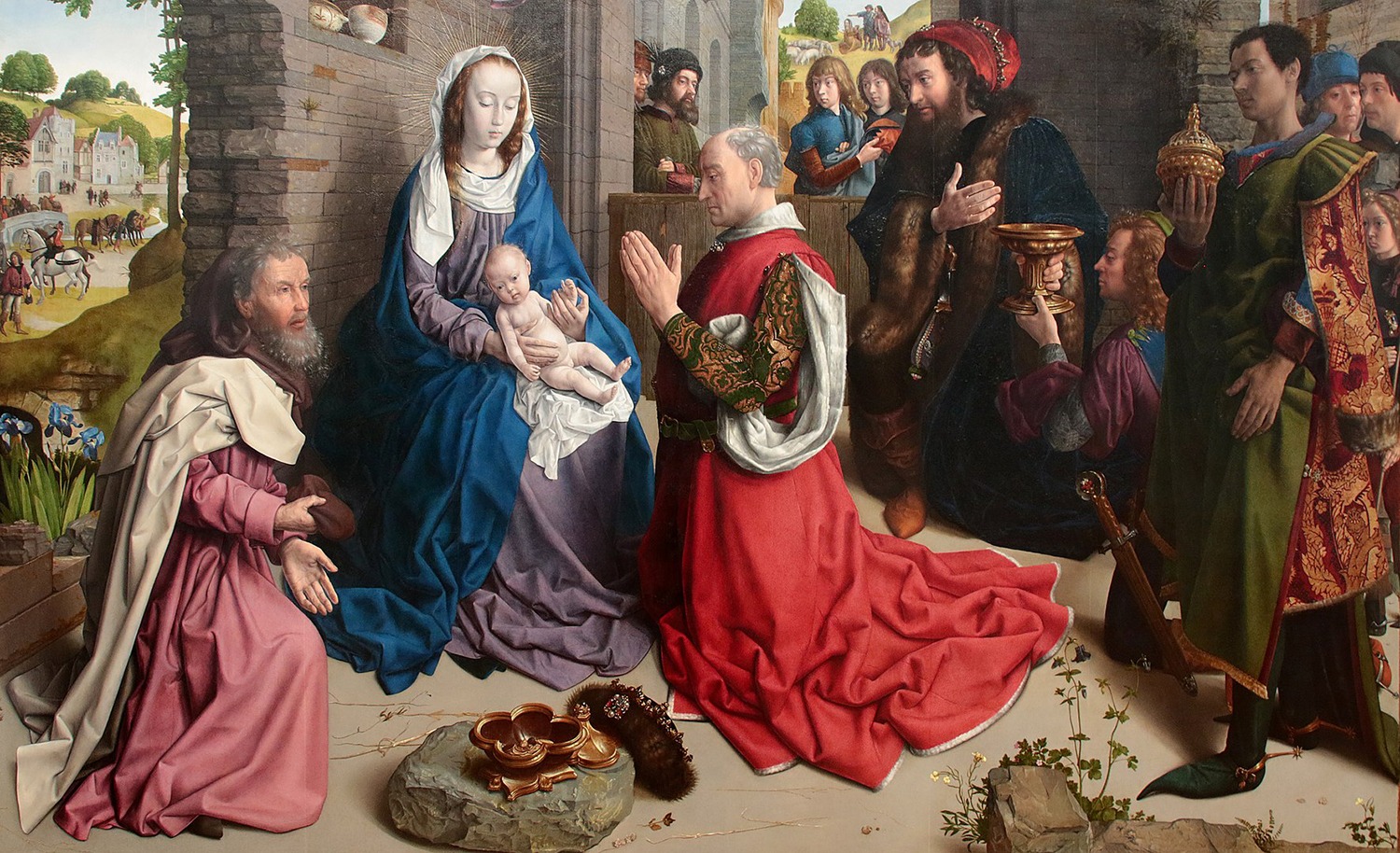
The Adoration of the Kings (Monforte Altarpiece) (c 1470) by artist Hugo van der Goes (source)
Andrea Mantegna (1430-1506)
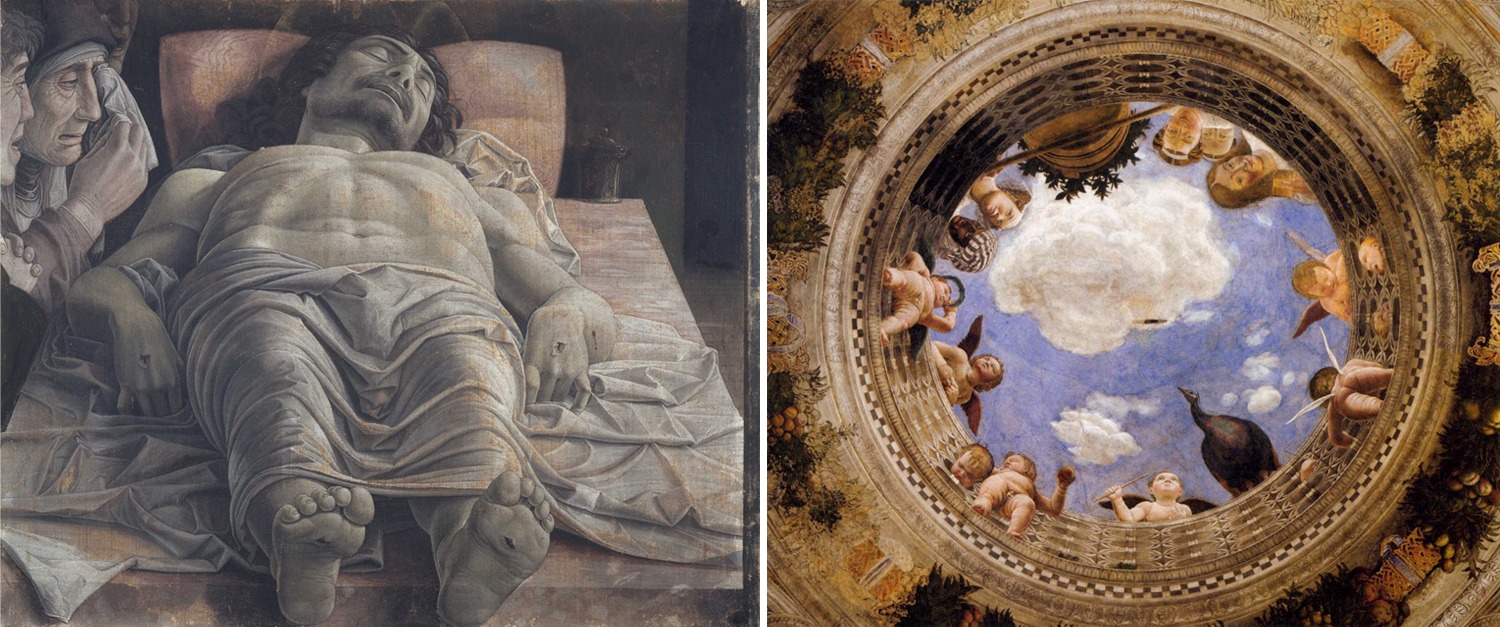
Sandro Botticelli (1445 – 1510)
A master painter working in Florence during the Early Renaissance period. Artists of the period imitated classical artworks and, in some cases, their imitations have overtaken the orginal. An example of this is, Greek painter, Apelles work ‘Venus Rising from the Sea’ being over taken by Botticelli’s The Birth of Venus.
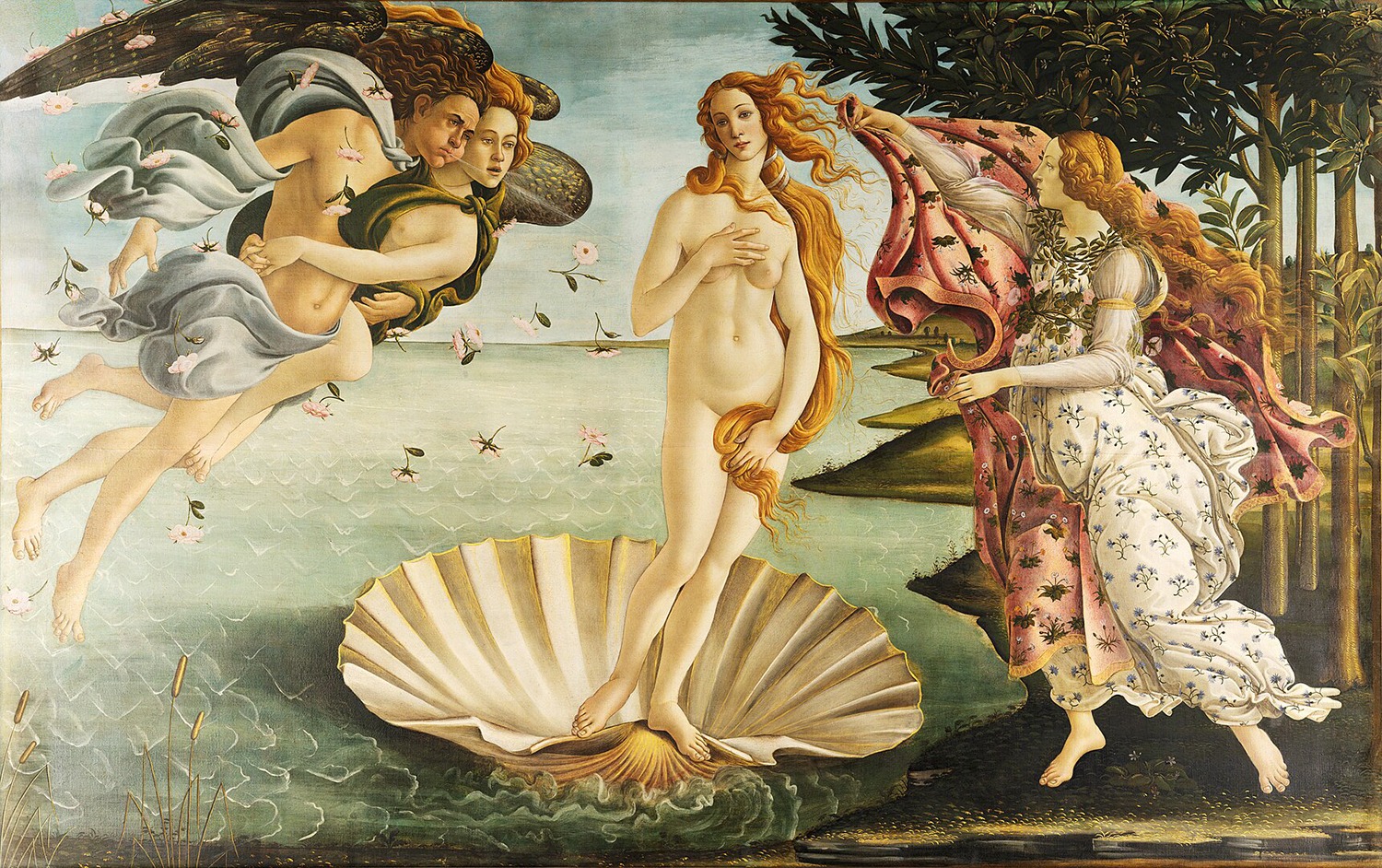
The Birth of Venus (c. 1485) by Sandro Botticelli (source)
Hieronymus Bosch (c.1450 –1516)
A Dutch/Netherlandish painter from Brabant and one of the most notable representatives of the Early Netherlandish painting school. His work (generally oil on oak wood) contains fantastic illustrations of religious concepts and narratives. Within his lifetime his work was collected in the Netherlands, Austria, and Spain, and widely copied, especially his macabre and nightmarish depictions of hell. Bosch is also credited by modern surrealists as being influential to the surrealist movement.
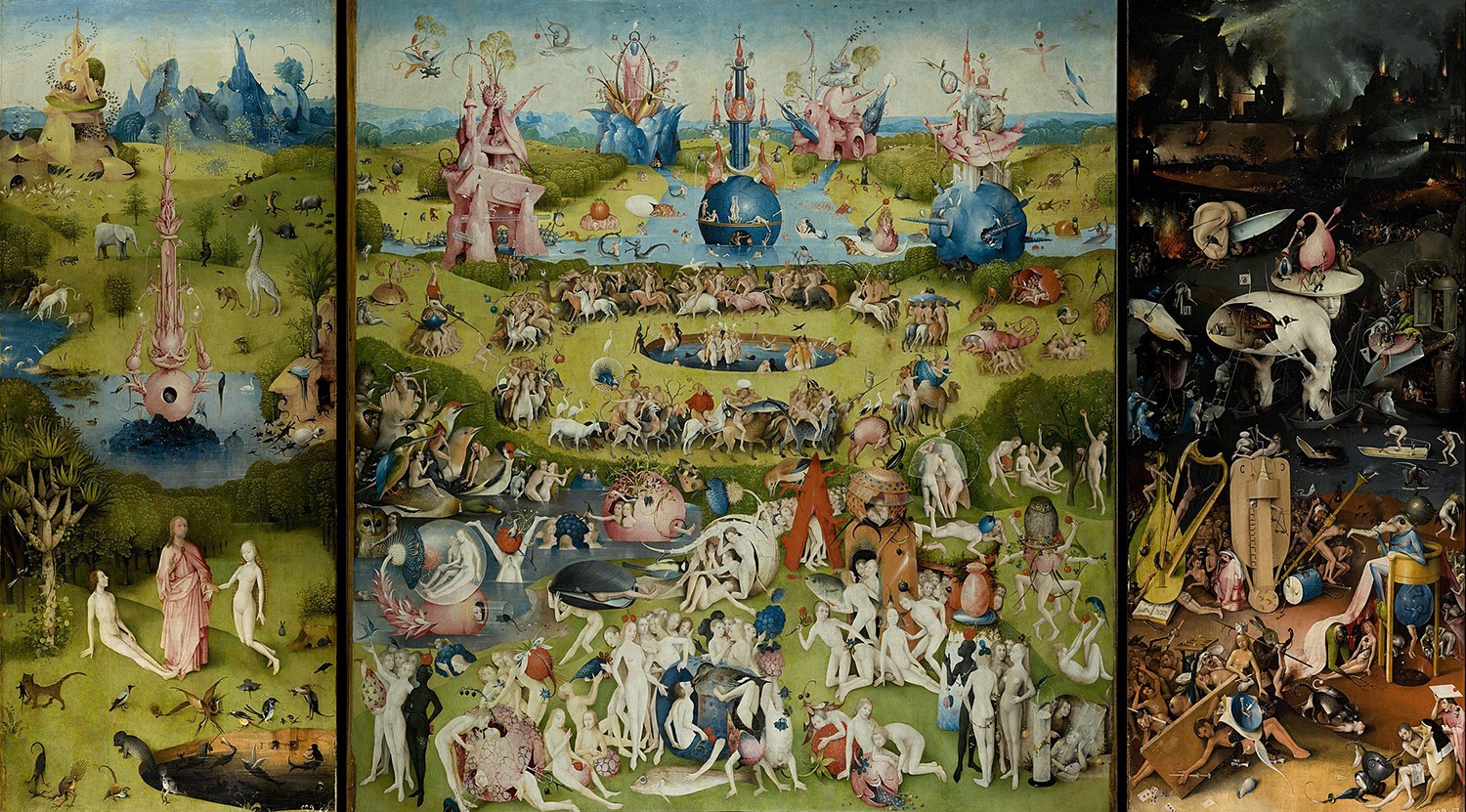
The Garden of Earthly Delights (c. 1495–1505) attributed to Hieronymus Bosch (source)
Leonardo da Vinci (1452-1519)
Alongside Michelangelo and Raphael, Leonardo formed part of the High Renaissance period from 1490s to 1527. Leonardo was the quintessential Renaissance man, with interests in science, engineering, anatomy, philosophy, and astronomy.
One of his famous paintings, the Mona Lisa, captures the mood of the sitter not just the likeness – utilising a casual poster and three-quarter view. Contours, perspective, and gradations in colour are used to give the image life, becoming hugely influential on portraits thereafter. Leonardo was also responsible for the term sfumato (see above under ‘painting styles’).
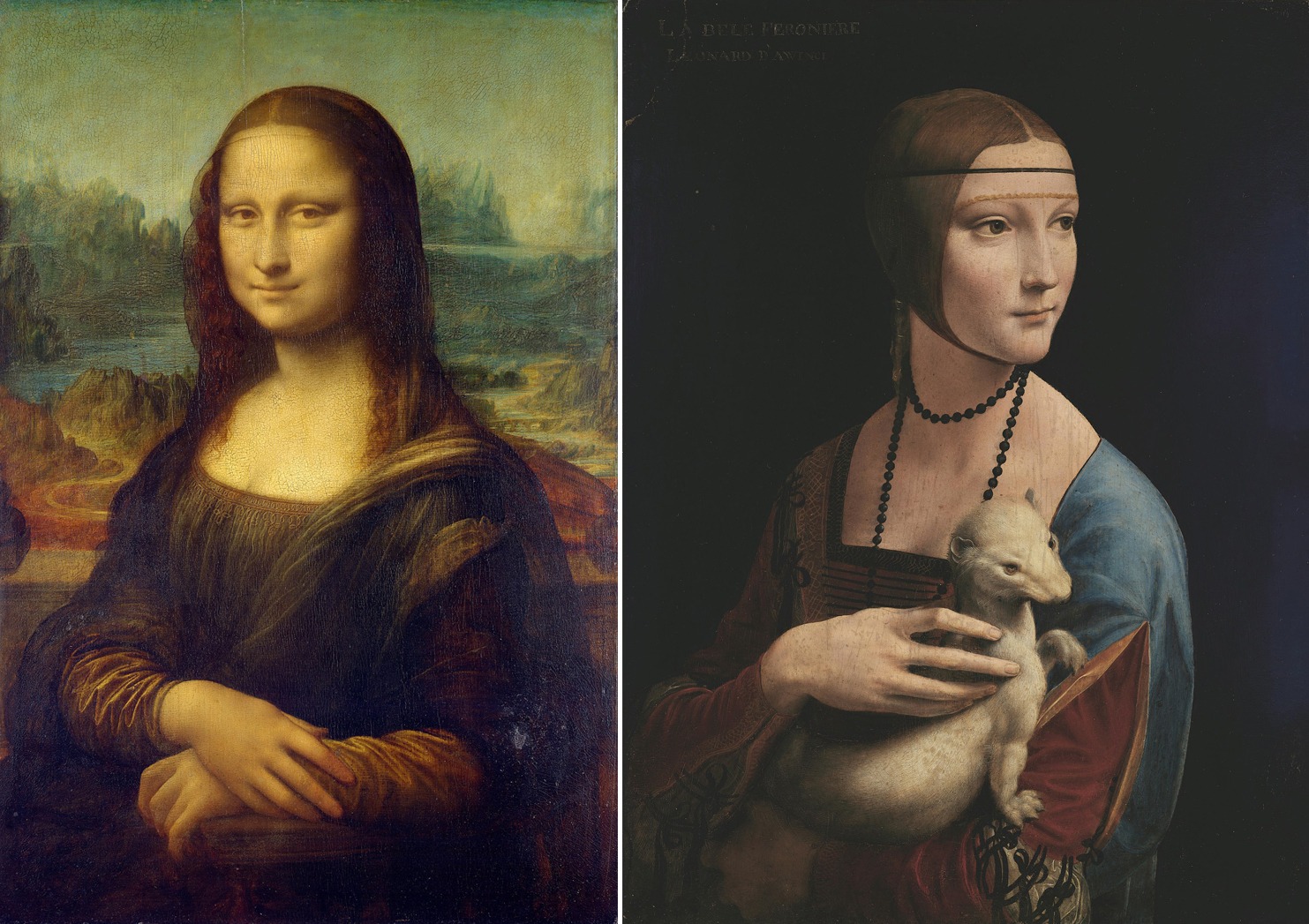
Albrecht Dürer (1471–1528)
Dürer’s vast body of work includes engravings, prints, altarpieces, portraits, self-portraits, watercolours and books. His watercolours mark him as one of the first European landscape artists, while his woodcuts revolutionised the potential of that medium, elevating the relatively new art form to new levels of aesthetic quality and popularity
Dürer’s introduction of classical motifs into Northern art, through his knowledge of Italian artists (friends with Raphael and other artists of the Renaissance) and German humanists, secured his reputation as one of the most important figures of the Northern Renaissance.
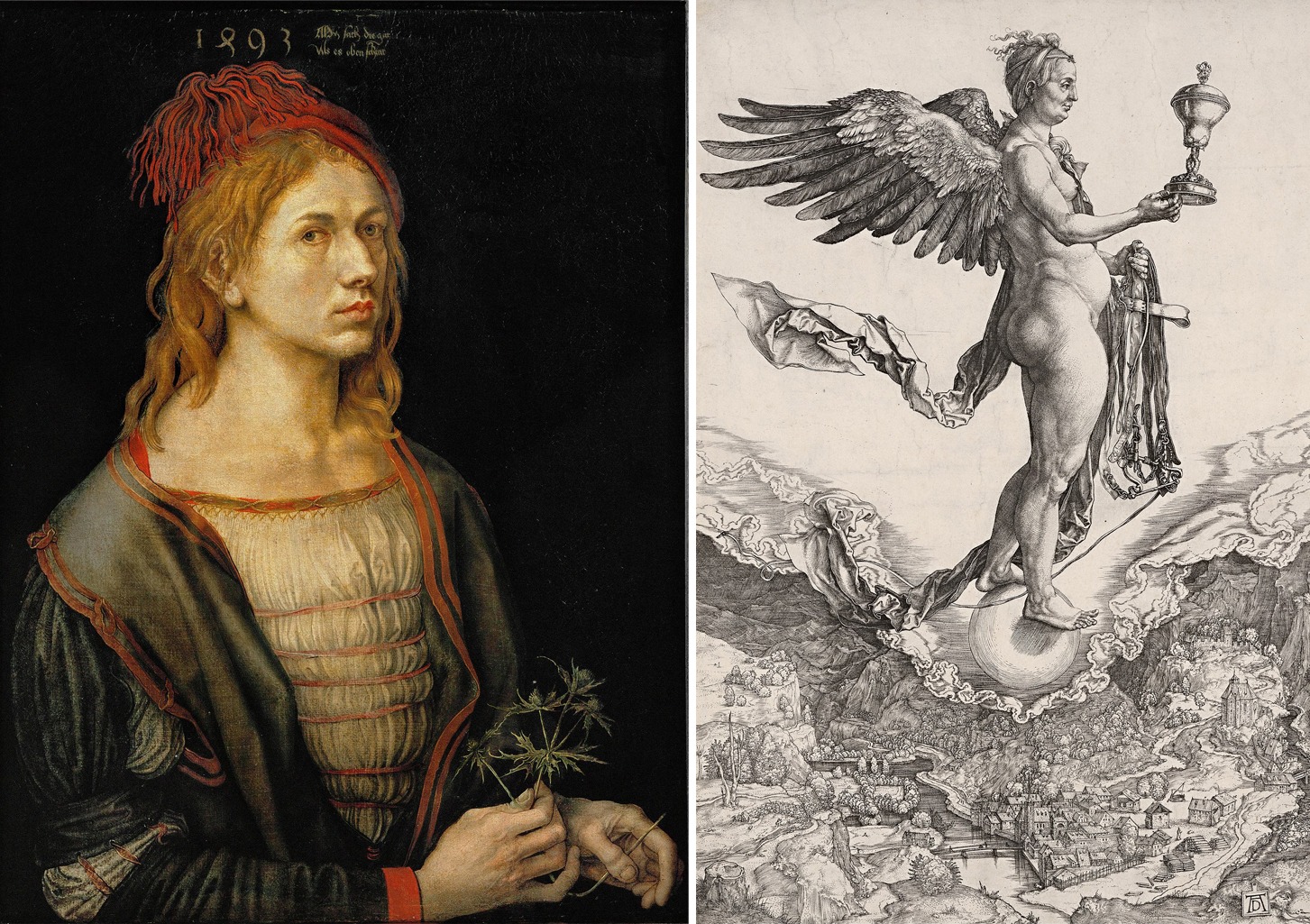
Michelangelo (Michelangelo di Lodovico Buonarroti Simoni) (1475-1564)
Michelangelo, a painter, and sculptor and one of the most virtuosic artists of the sixteenth century, famous for his sculpture David and the frescoes on the ceiling of the Sistine Chapel. Michelangelo benefited from having a biography (‘Life of Michelangelo’ by Ascanio Condivi in 1552) written during his lifetime which addressed his life and work.
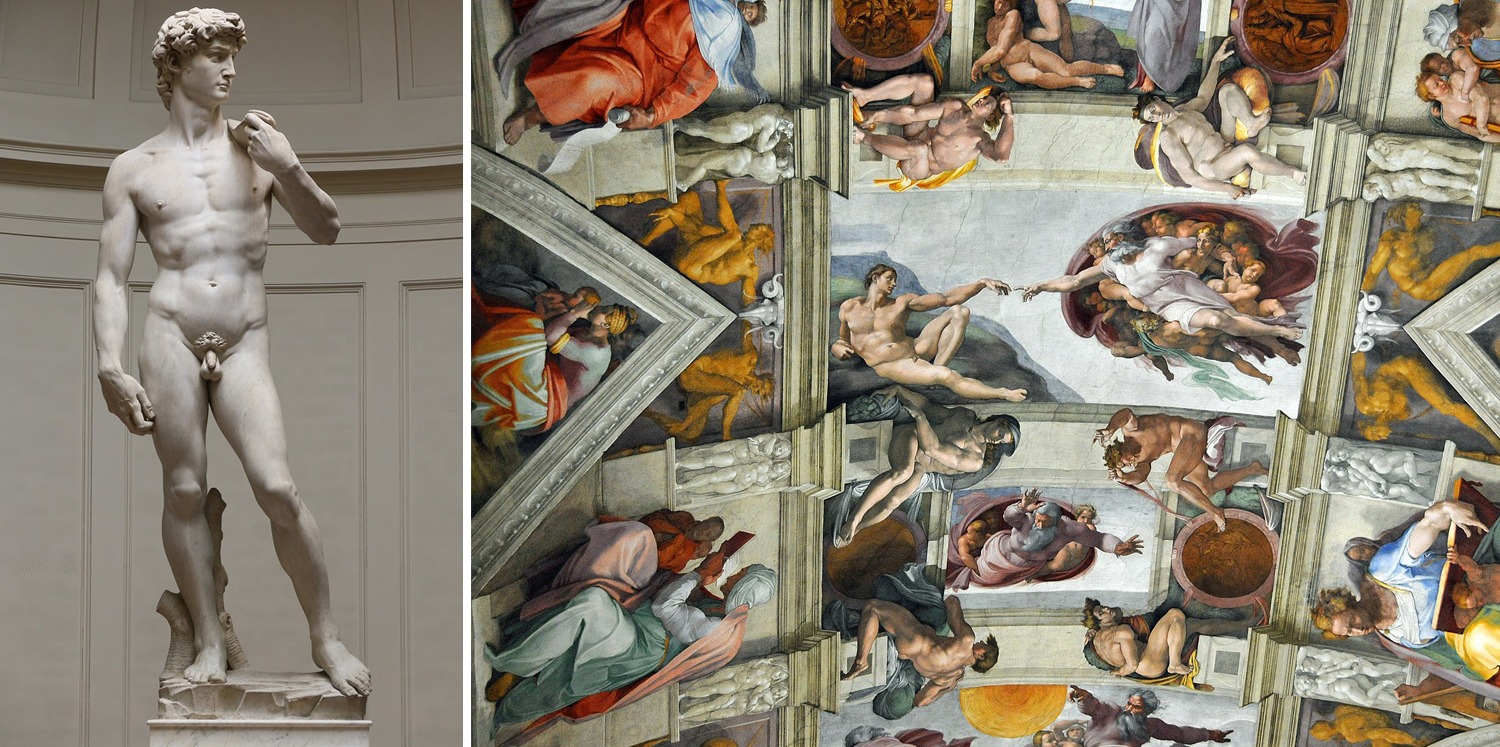
Titian (1477-1576)
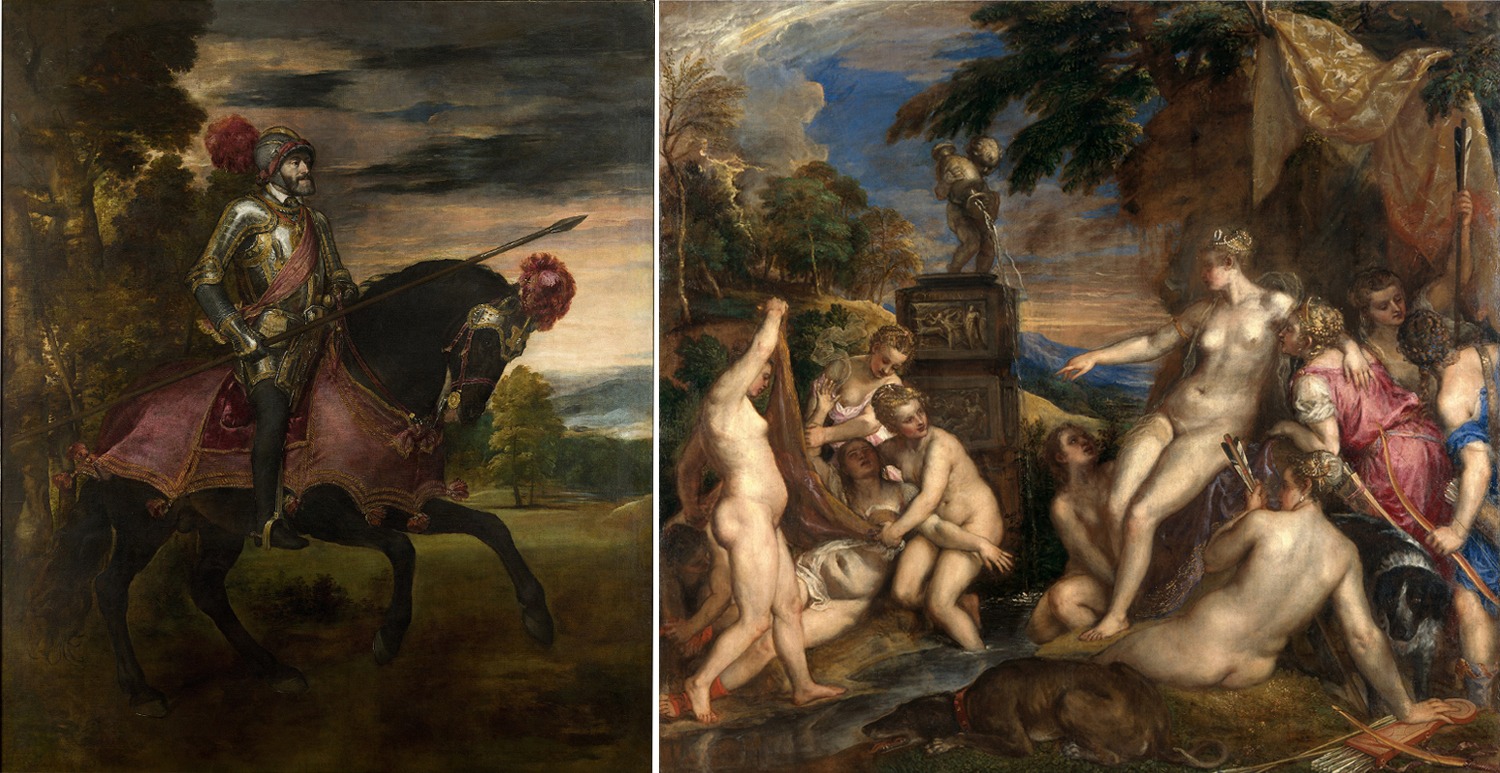
Joachim Patinir/Patenier (c. 1480–1524)
Patinir was a pioneer of landscape as an independent genre and the first Flemish painter to regard himself primarily as a landscape painter.
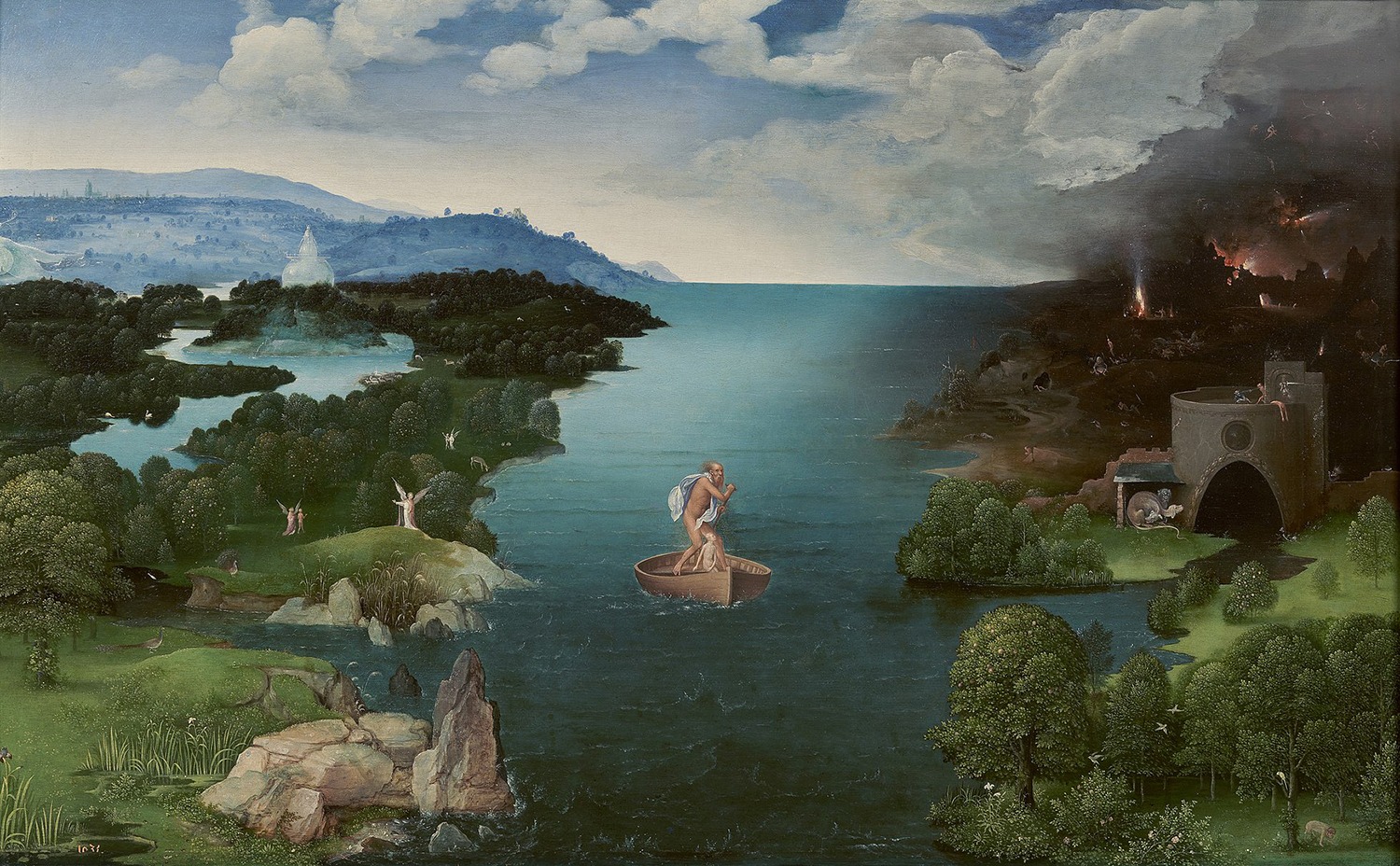
Landscape with Charon Crossing the Styx (c. 1515–1524) by Joachim Patinir (source)
Raphael (Raffaello Sanzio) (1483-1520)
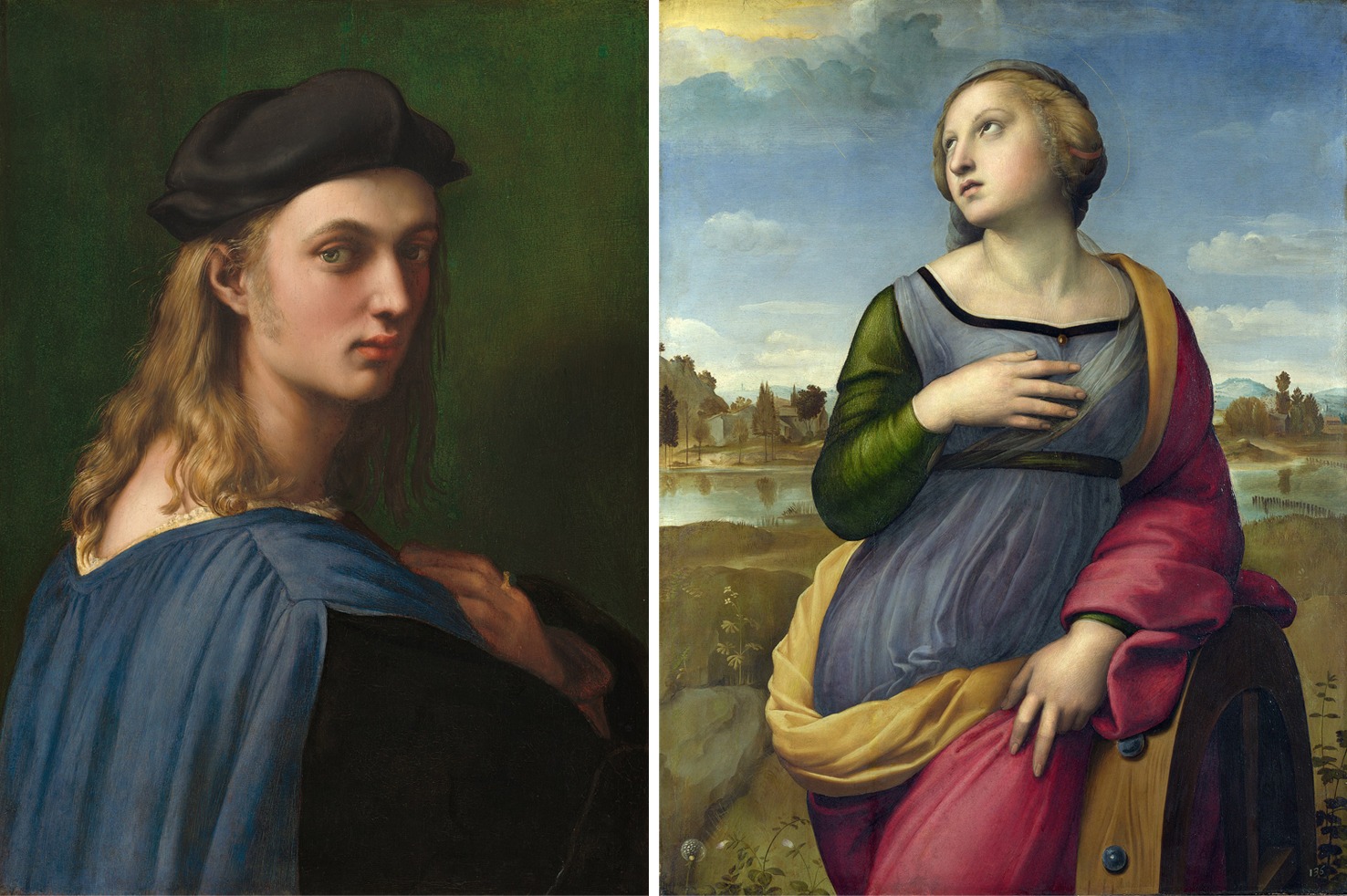
Below is a summary of key happenings within Renaissance society to give context behind Renaissance art.
/The establishment of the Medici Bank and the subsequent trade it generated brought unprecedented wealth to a single Italian city, Florence.
/European naval explorers discovered new sea routes, new continents and established new colonies.
/The advent of movable type printing in the 15th century meant that ideas could be disseminated easily, and an increasing number of books were written for a broader public.
/Classical texts (including philosophy, prose, poetry, drama, science, a thesis on the arts, and early Christian theology), previously lost to European scholars for centuries, became available with revised interest.
/The concept of education widened its spectrum and focused more on creating ‘an ideal man’ who would have a fair understanding of arts, music, poetry, and literature.
/Europe gained access to advanced mathematics, which had its provenance in the works of Islamic scholars.
/Scholars and humanists like Erasmus, Dante, and Petrarch criticized superstitious beliefs and also questioned them.
/Humanist philosophy meant that man’s relationship with humanity, the universe, and God was no longer the exclusive province of the church. (see bonus section below)
/The weak position of the Church prompted later Popes (like Pope Julius II) to spend extravagantly on architecture, sculpture, and painting in Rome and in the Vatican to recapture their lost influence.
/Cosimo de’ Medici set a new standard for patronage of the arts, not associated with the church or monarchy.
/The serendipitous presence within the region of Florence in the early 15th century of certain individuals of artistic genius, most notably Masaccio, Brunelleschi, Ghiberti, Piero della Francesca, Donatello and Michelozzo formed an ethos out of which sprang the great masters of the High Renaissance, as well as supporting and encouraging many lesser artists to achieve work of extraordinary quality.
/A similar heritage of artistic achievement occurred in Venice through the talented Bellini family, their influential in-law Mantegna, Giorgione, Titian, and Tintoretto.
/The improvement of oil paint and developments in oil-painting techniques by Belgian artists such as Robert Campin, Jan van Eyck, Rogier van der Weyden and Hugo van der Goes led to its adoption in Italy from about 1475 and had ultimately lasting effects on painting practices worldwide.
/The publication of two treatises by Leone Battista Alberti, De pictura (“On Painting”) in 1435 and De re aedificatoria (“Ten Books on Architecture”) in 1452.
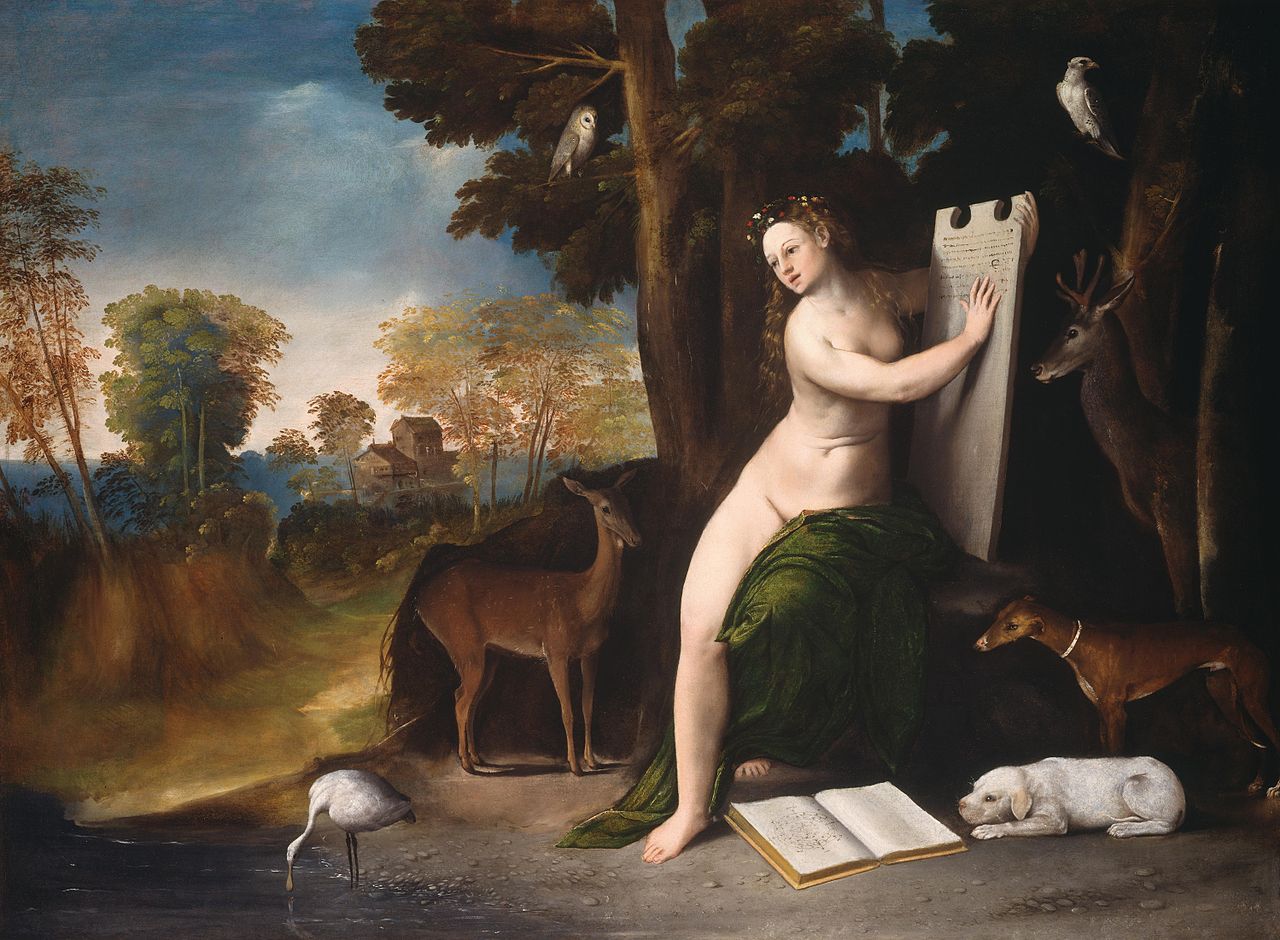
Circe and her Lovers in a Landscape (1516) by Dosso Dossi (source)
HUMANISM
In the visual arts, humanism stood for:
(1) The emergence of the individual figure, in place of stereotyped, or symbolic figures.
(2) A shift from god-centered to human-centered interests.
(3) Greater realism and consequent attention to detail, as reflected in the development of linear perspective and the increasing realism of human faces and bodies; helping to explain why classical sculpture was so revered
(4) An emphasis on and promotion of virtuous action: an approach echoed by the leading art theorist of the Renaissance Leon Battista Alberti (1404-72) when he declared, “happiness cannot be gained without good works and just and righteous deeds”. Reflecting the idea that man, not fate or God, controlled human destiny.
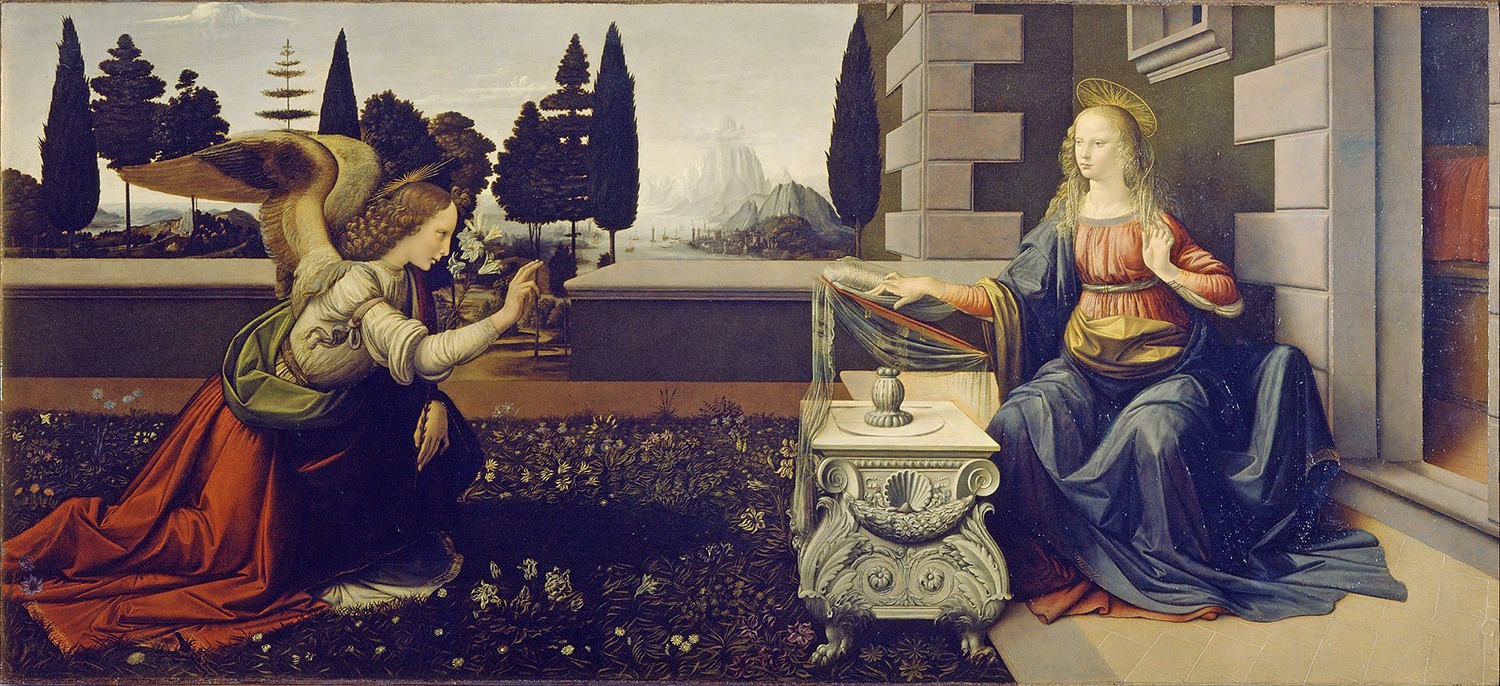
Annunciation (c. 1472–1476) Leonardo da Vinci (source)
I hope you’ve enjoyed this journey into Renaissance Art!
–
Want to see what else I do? Come peek over on my insta or grab a freebie when you sign up to my newsletter below 🙂 🙂

